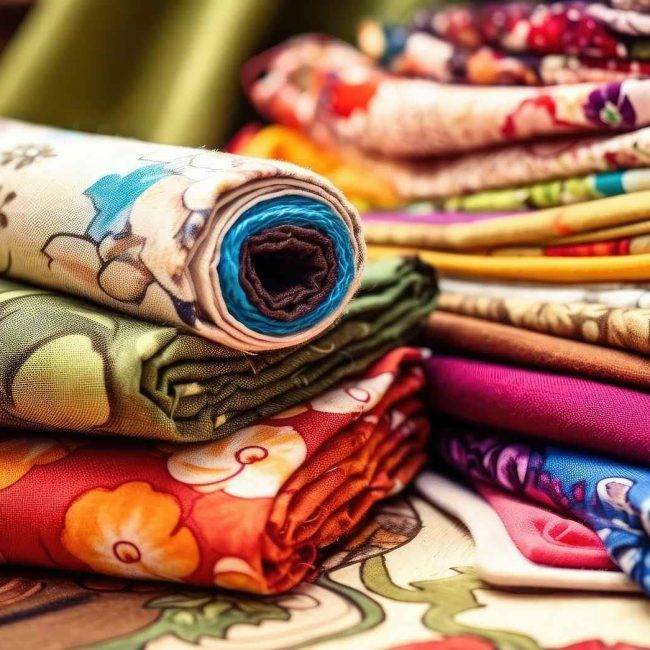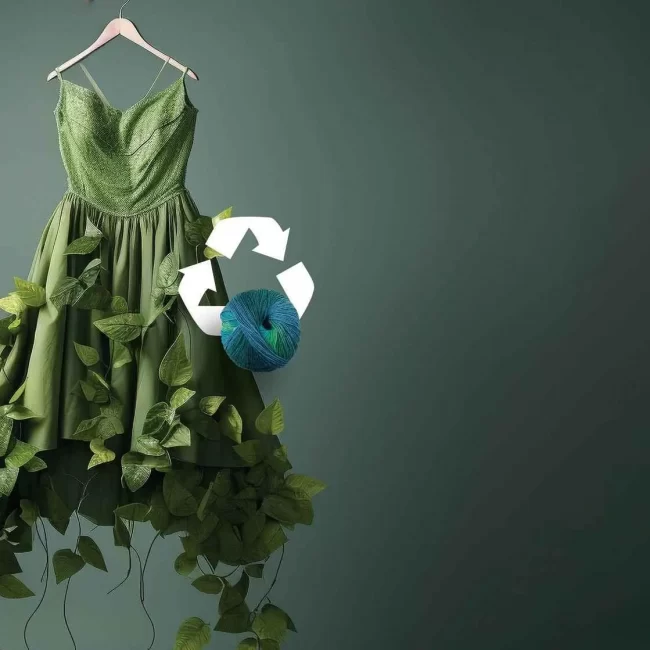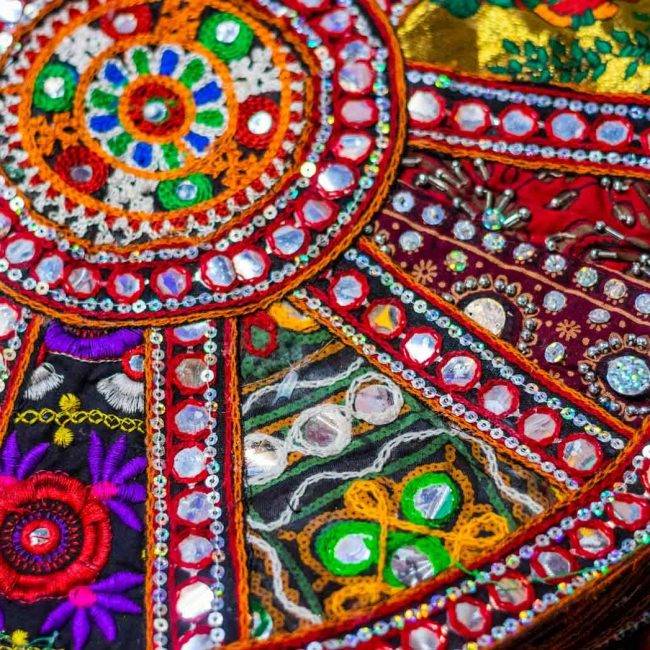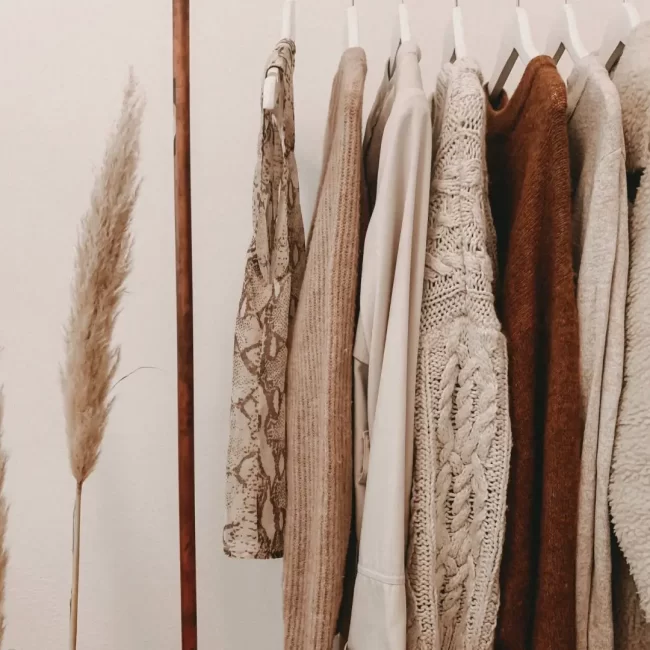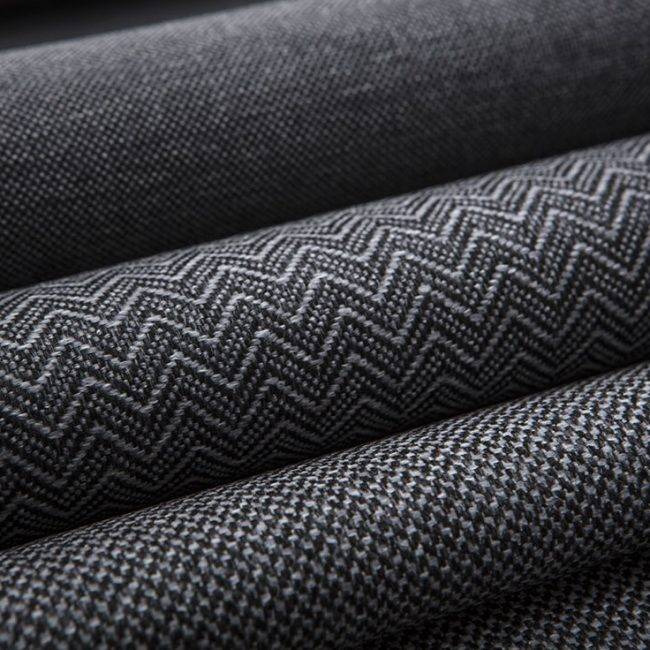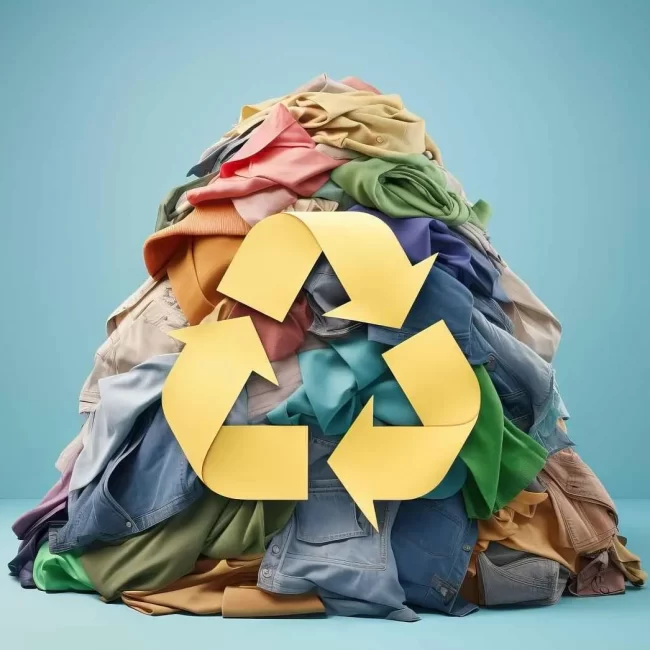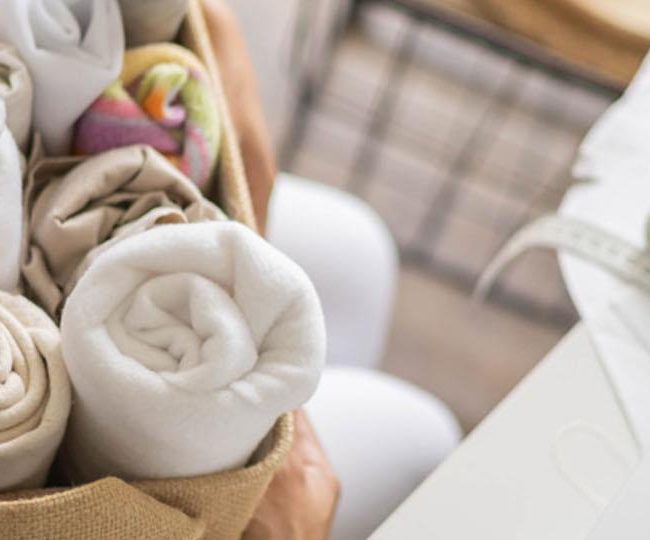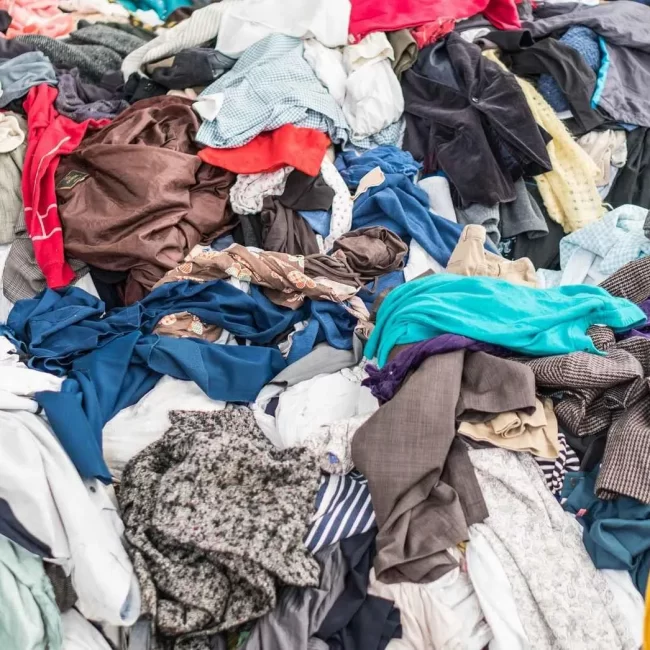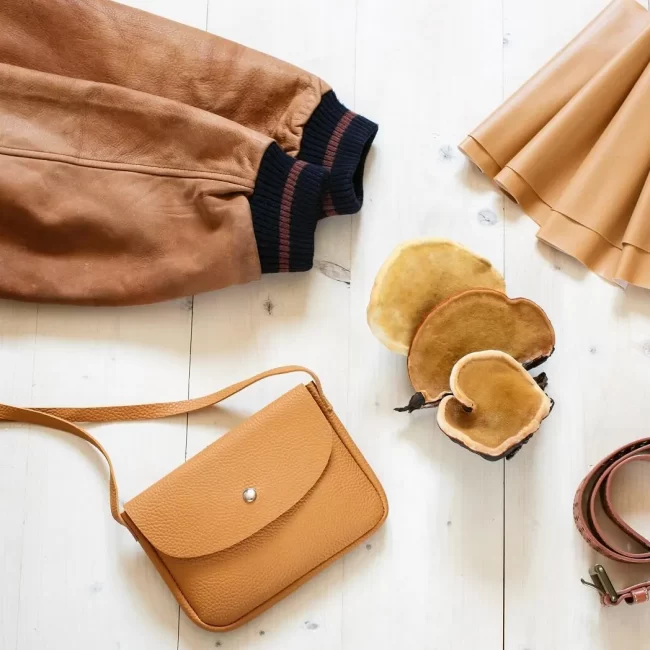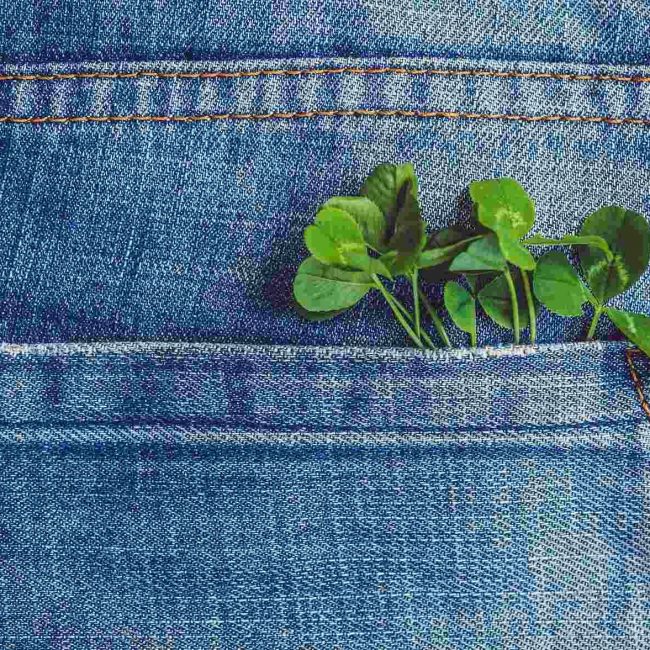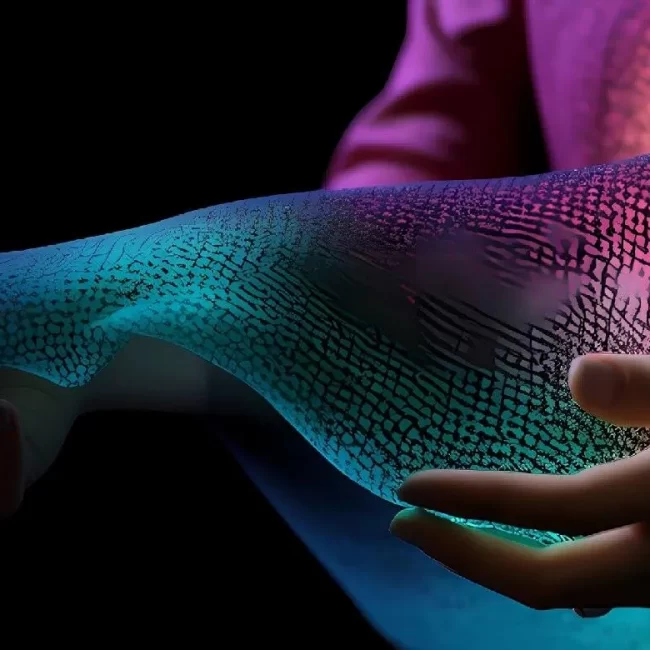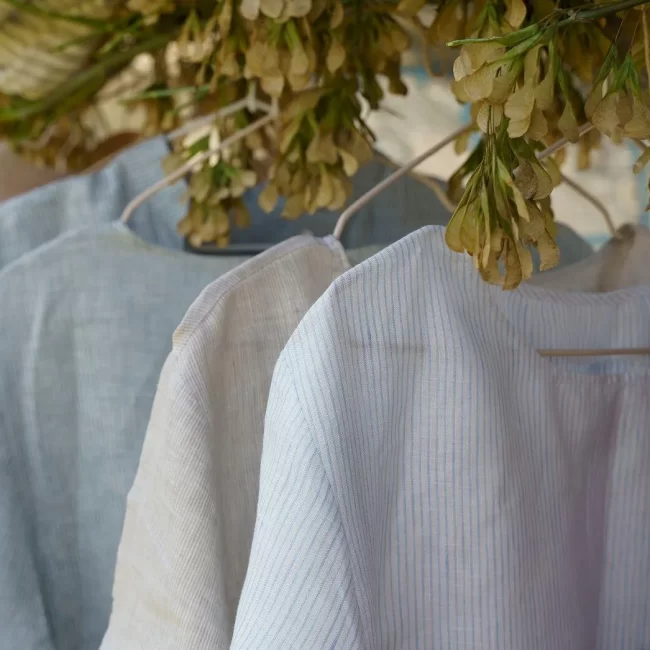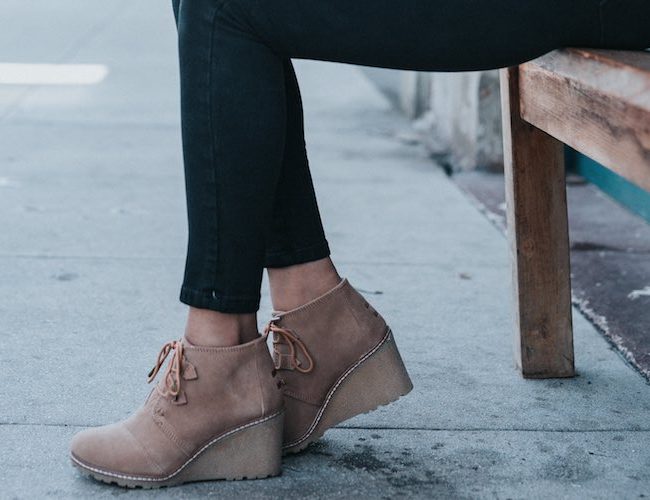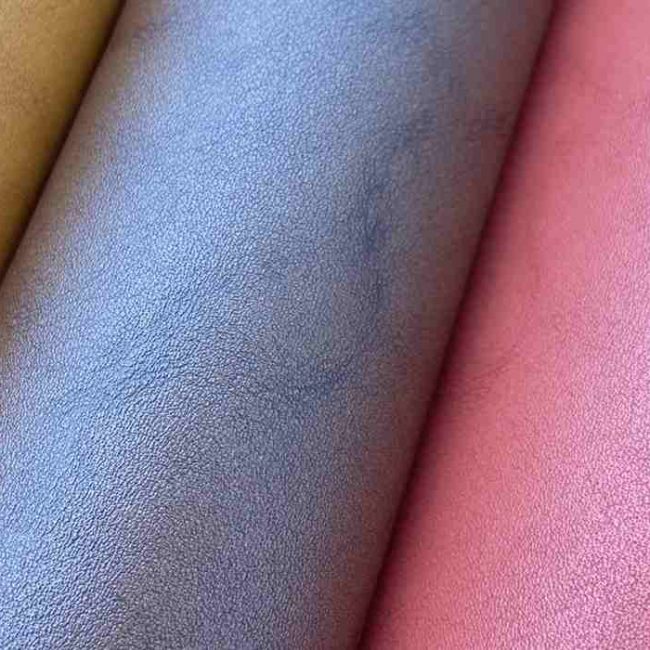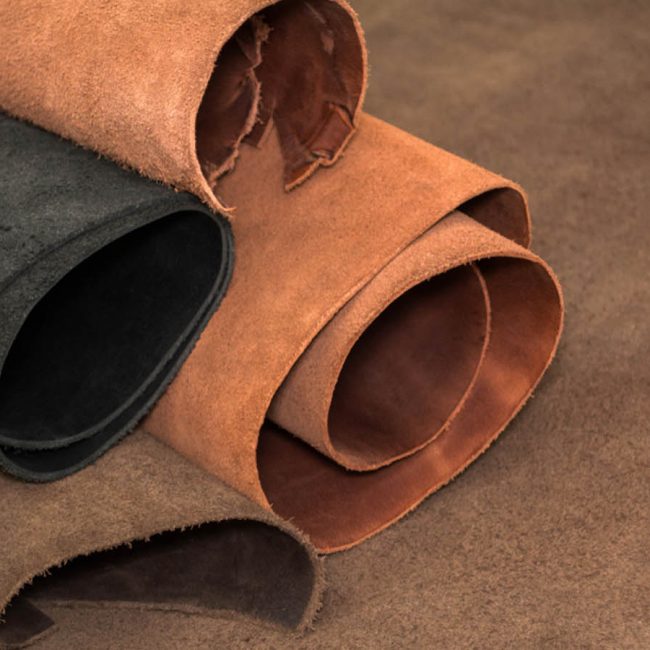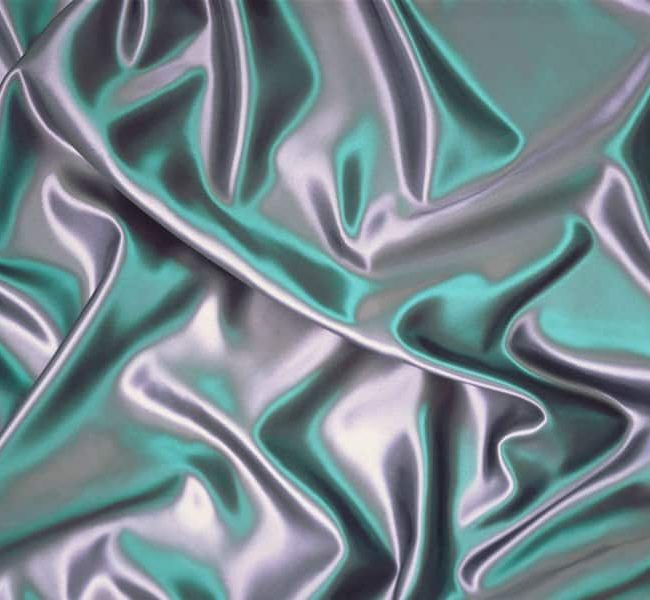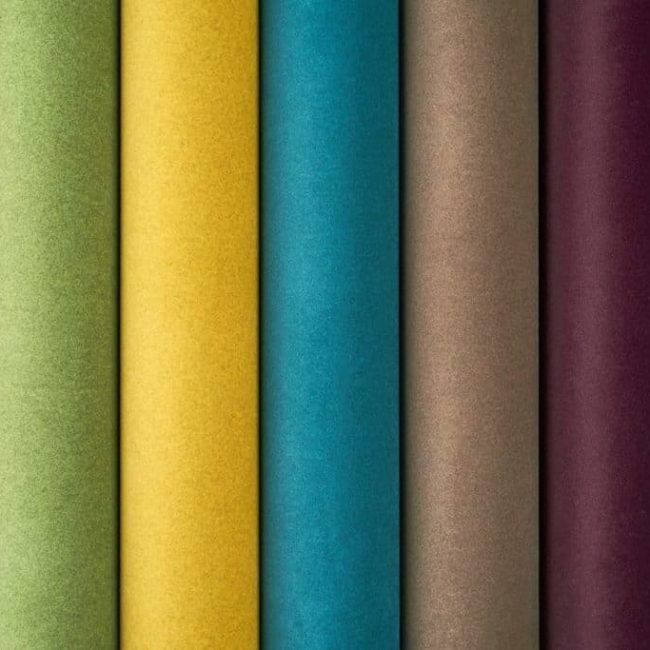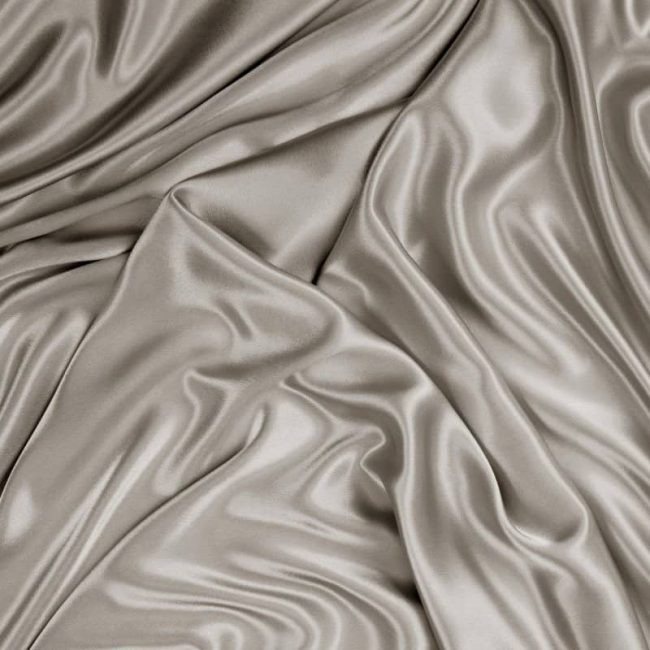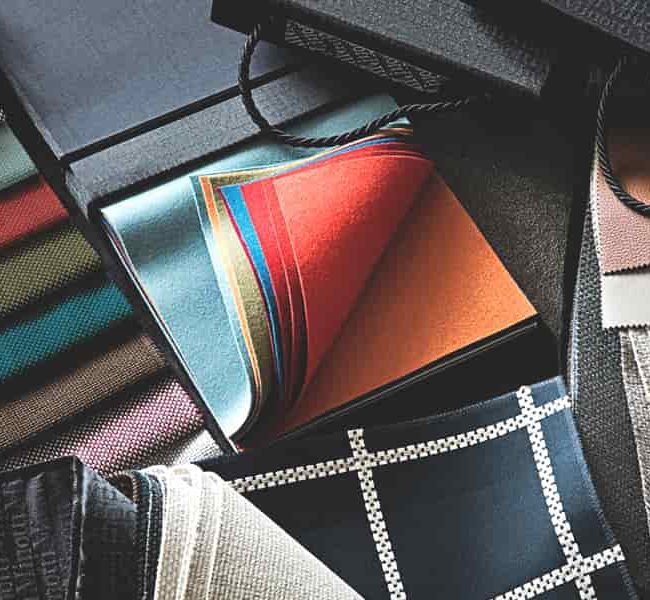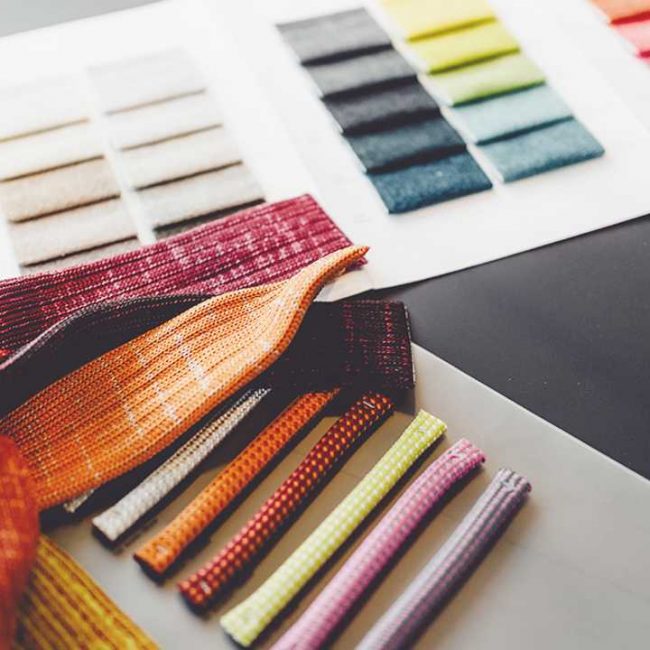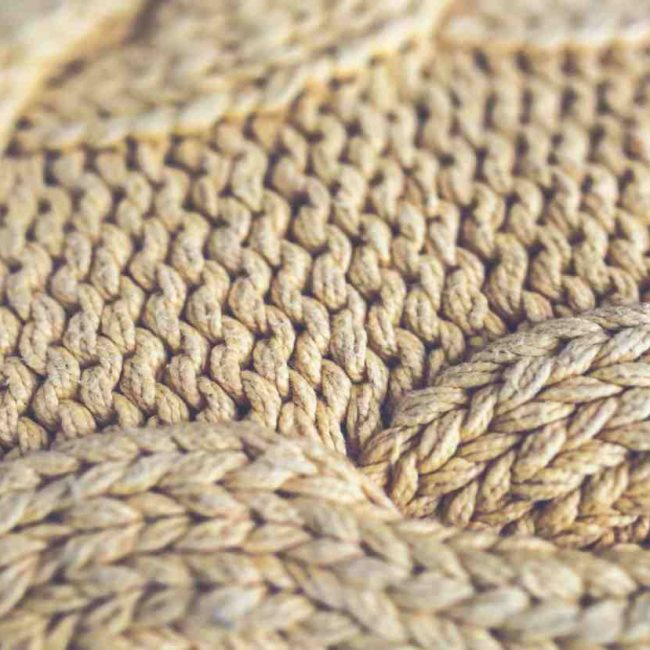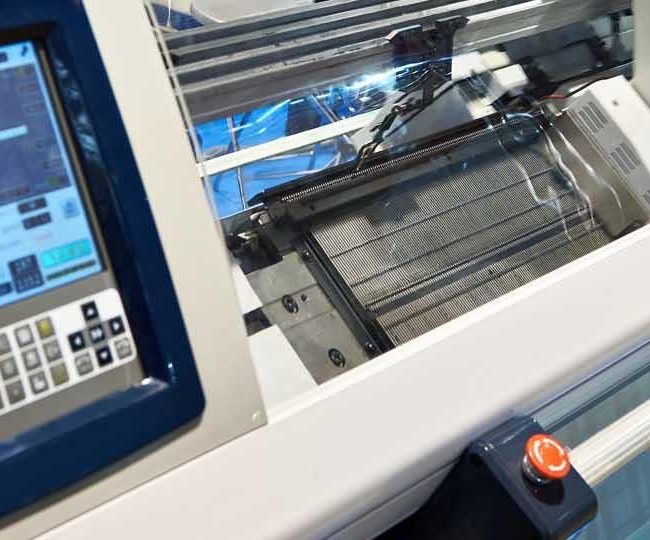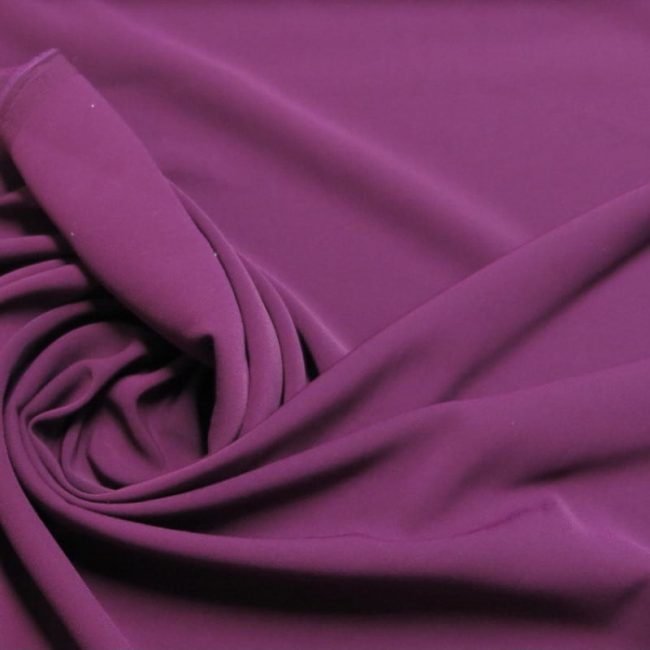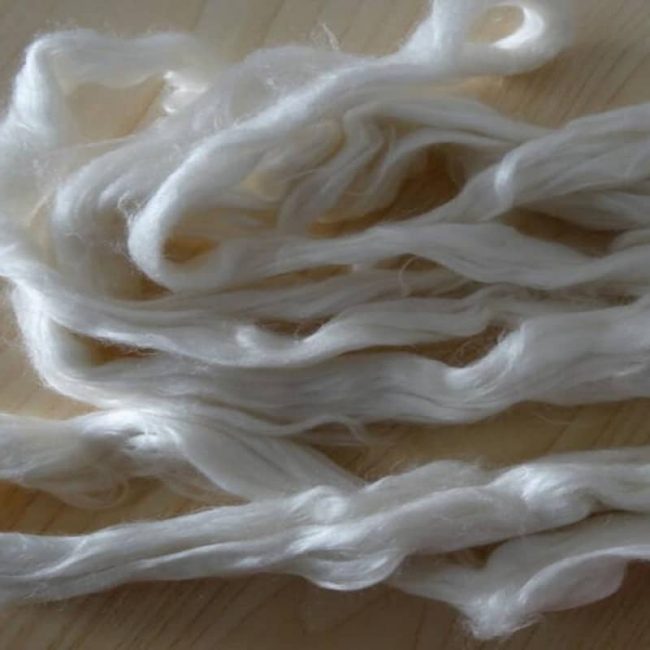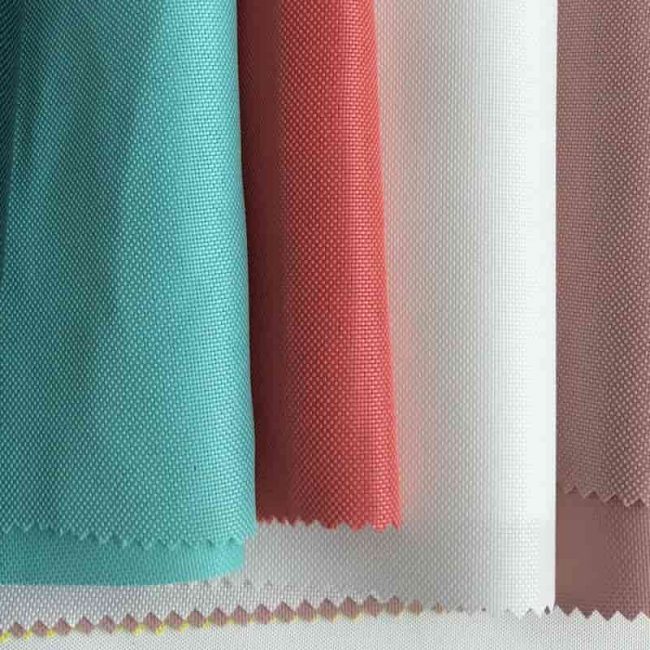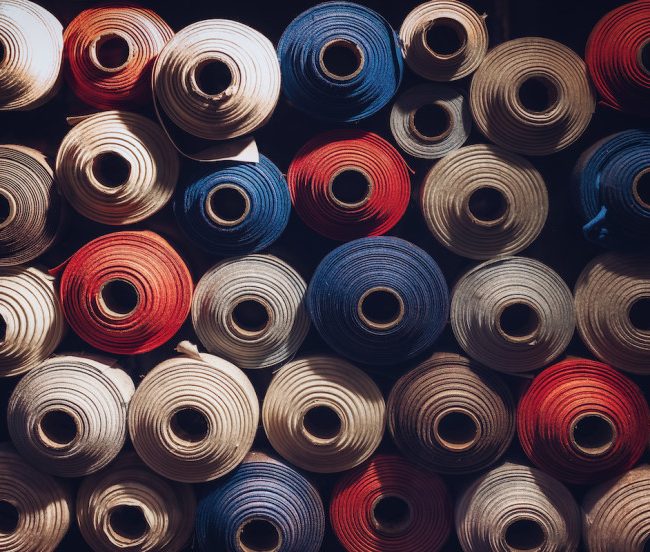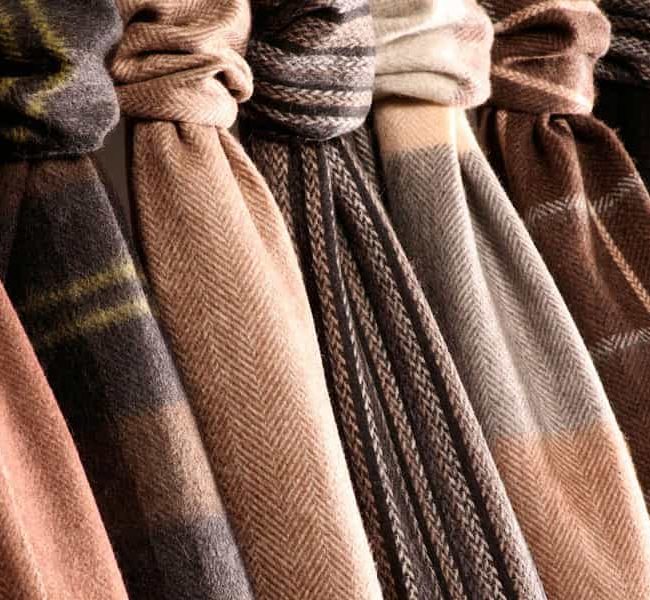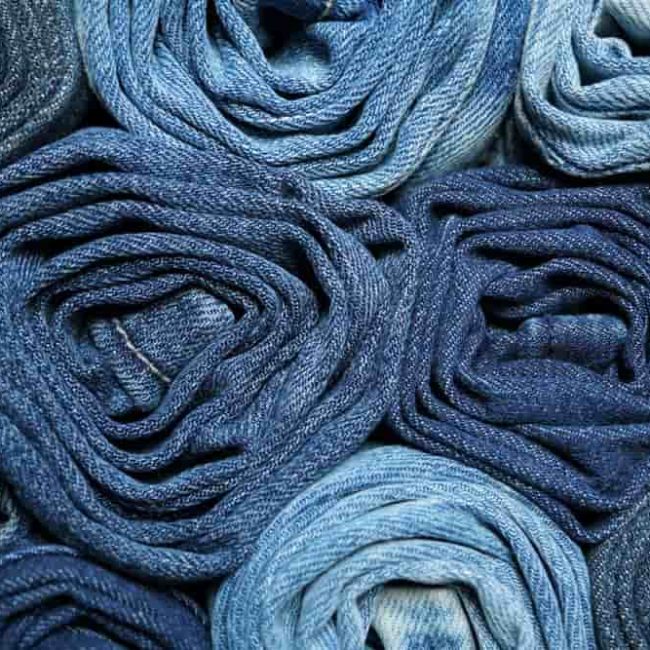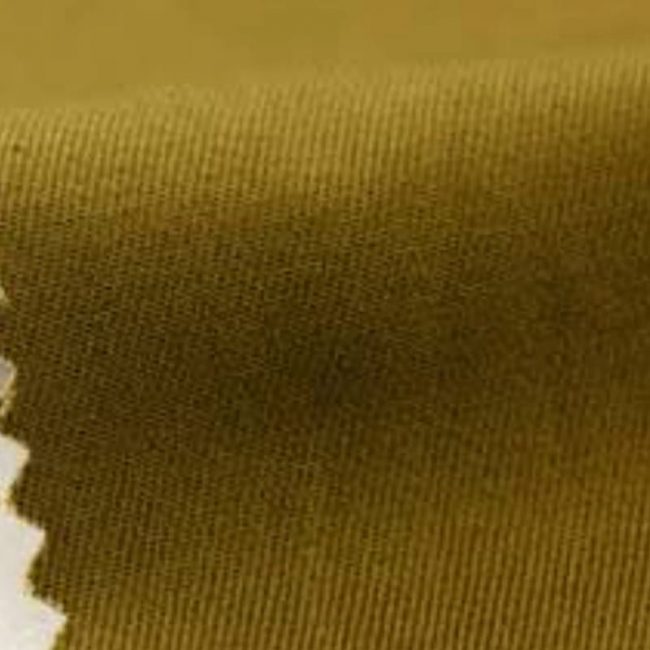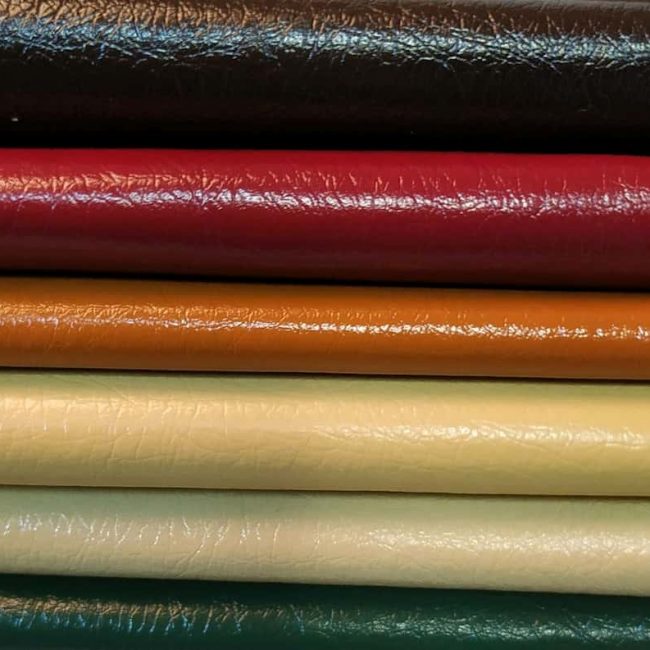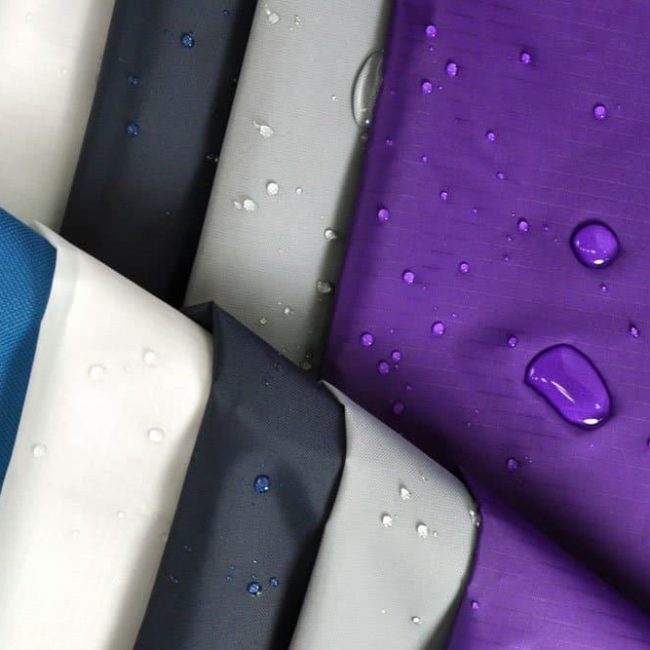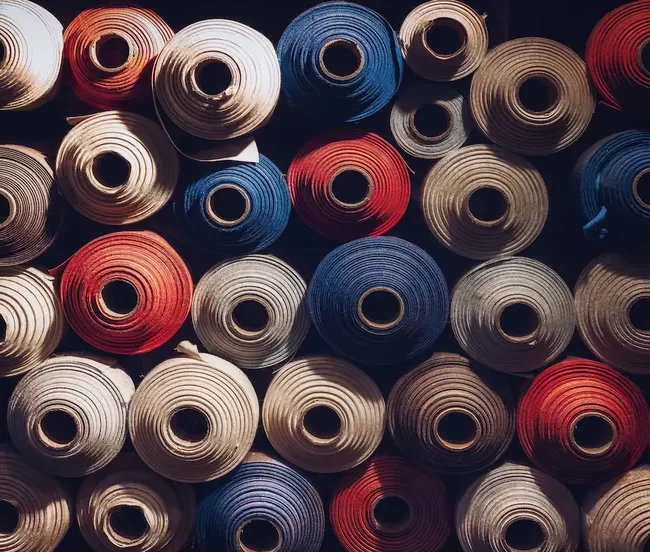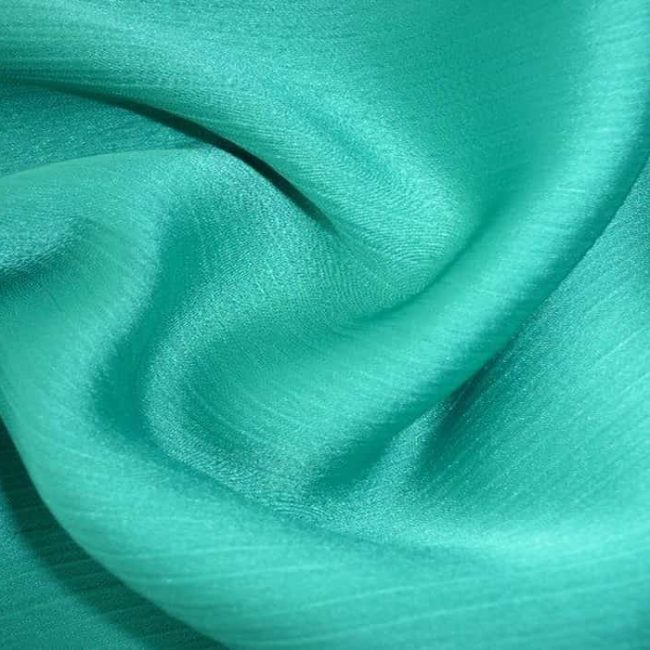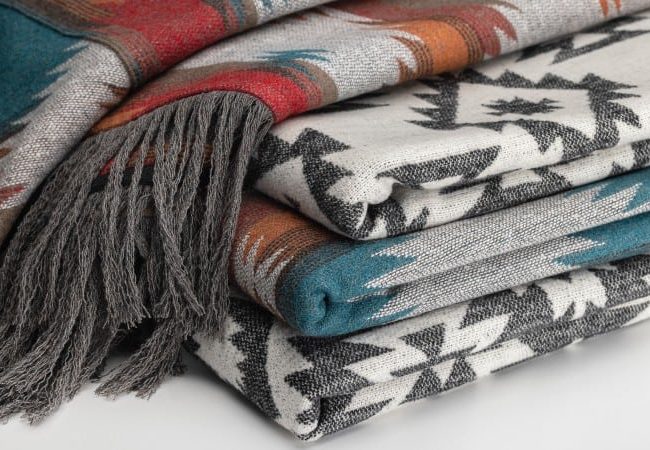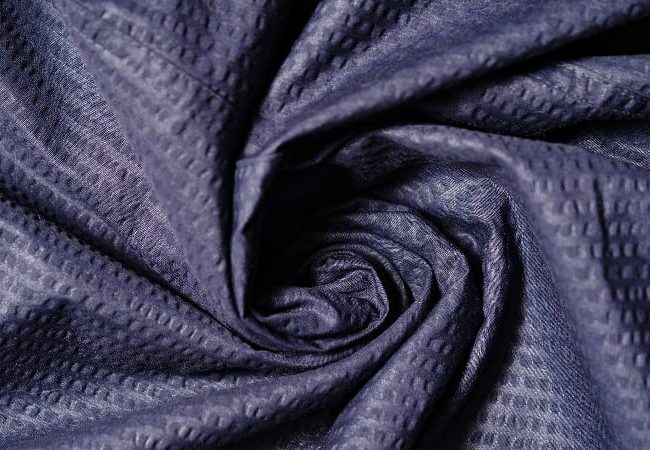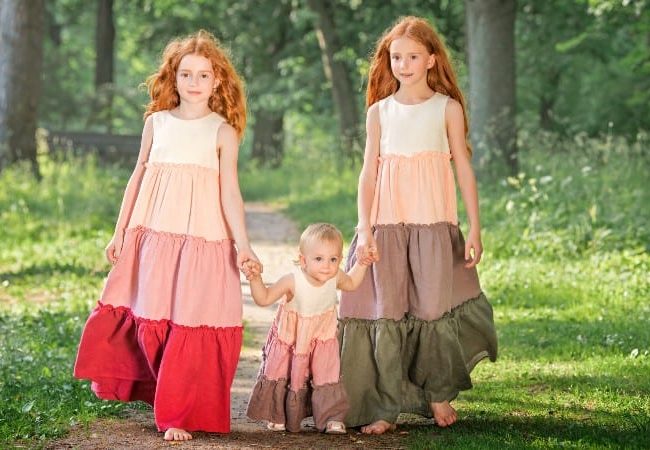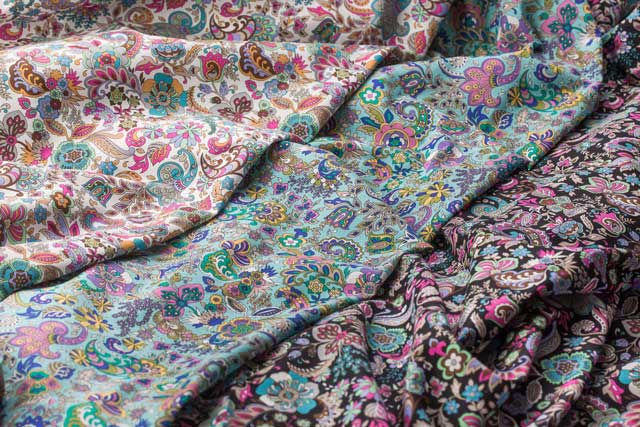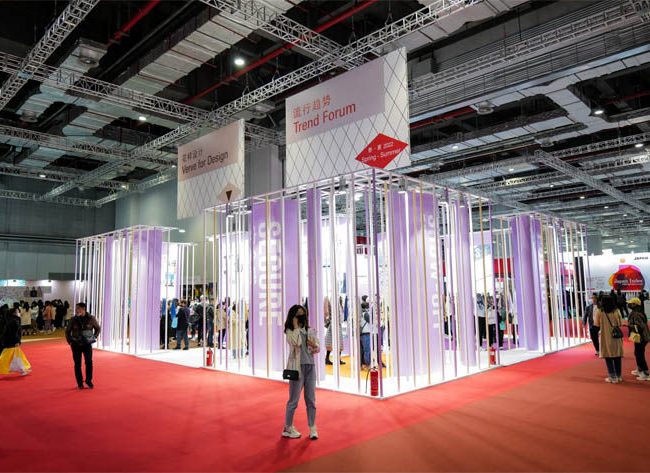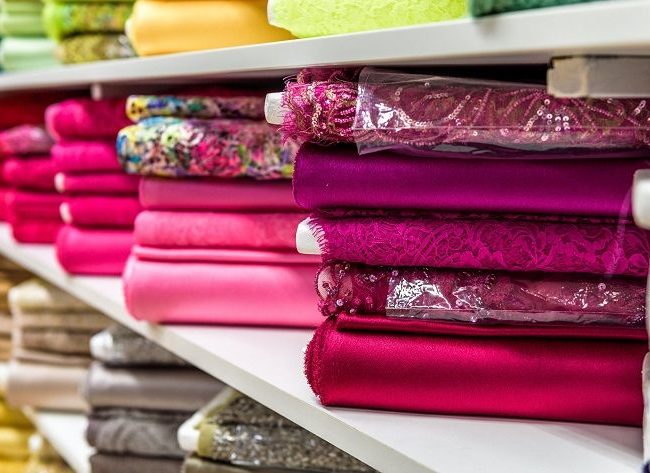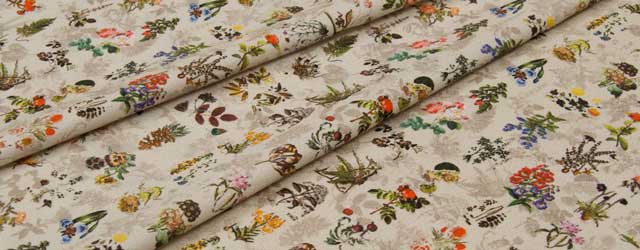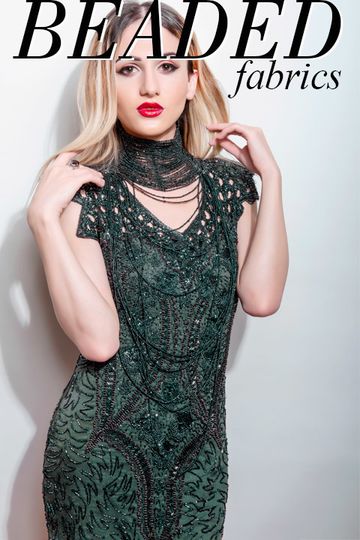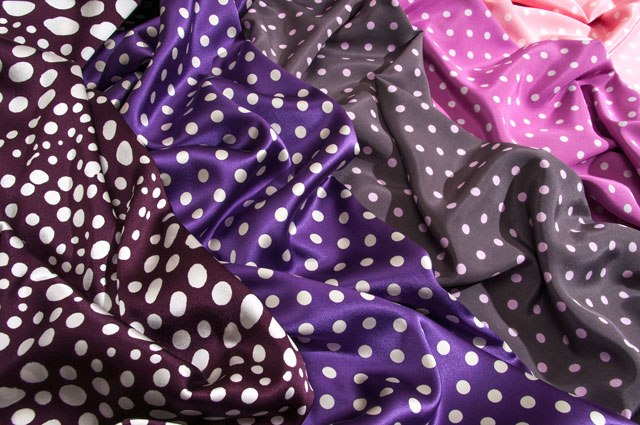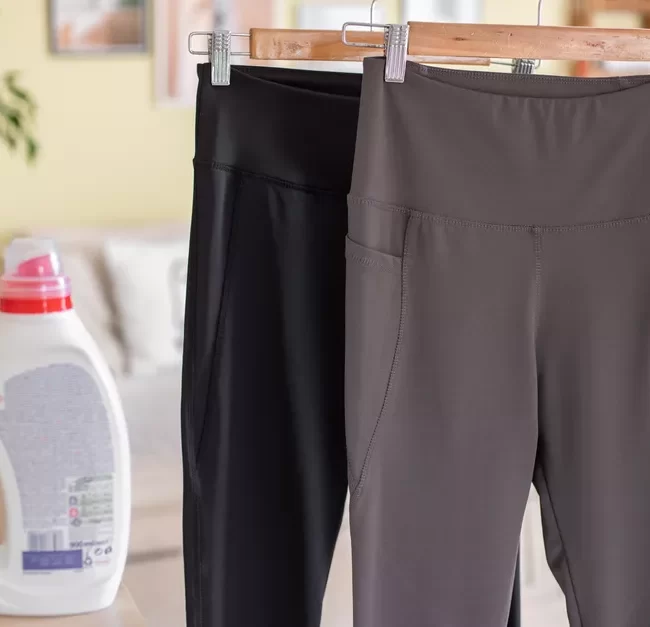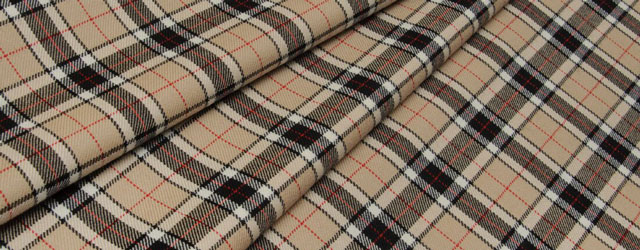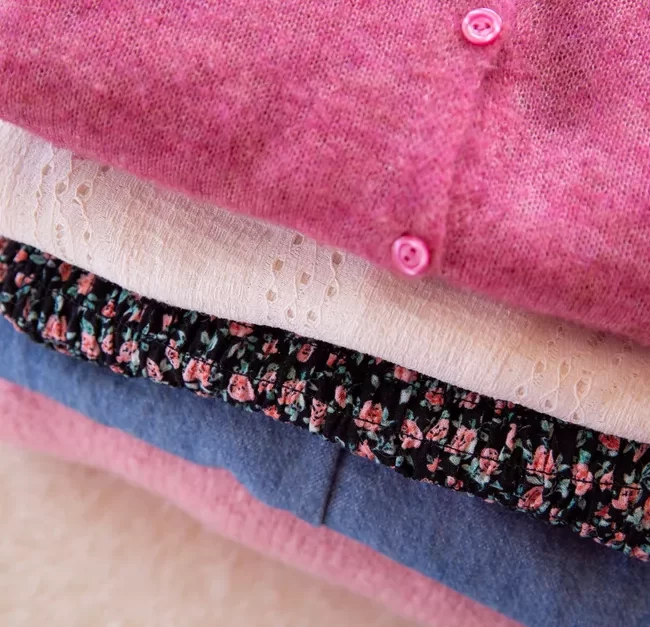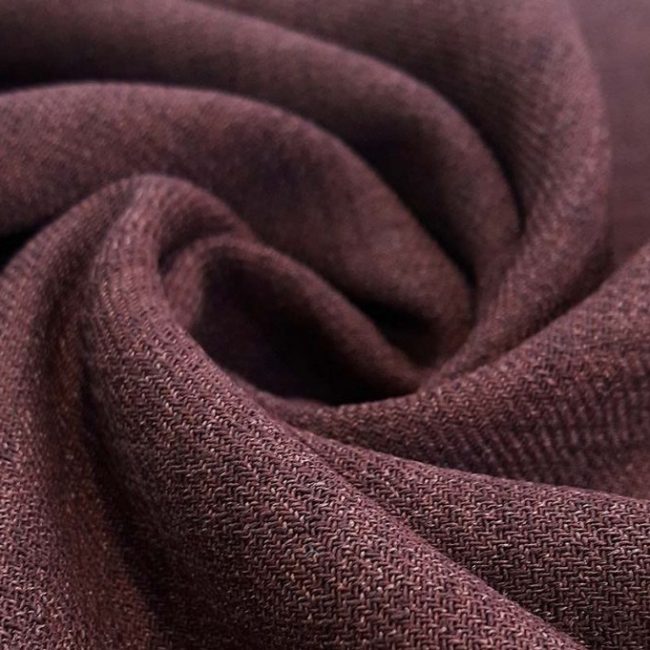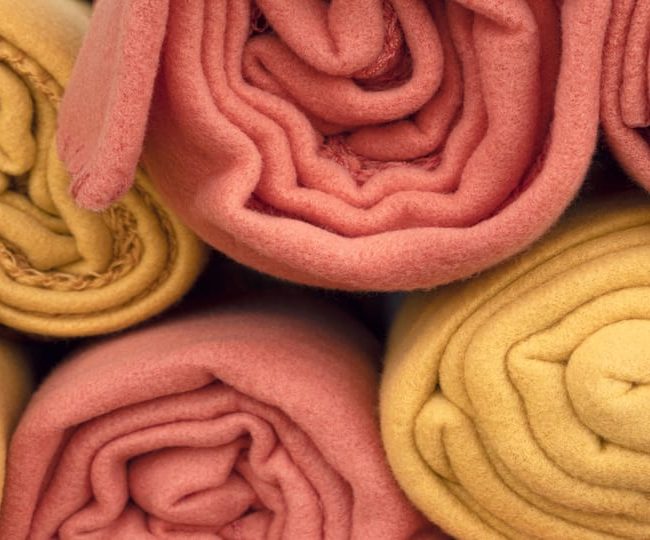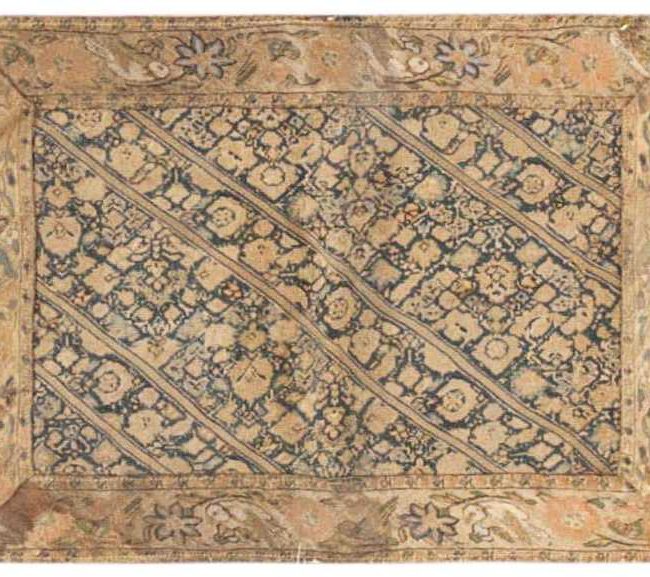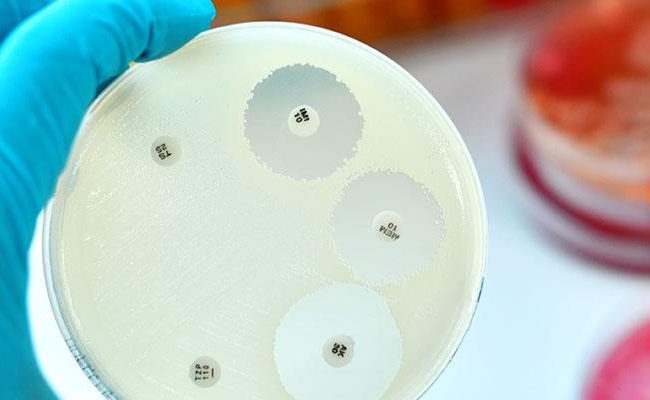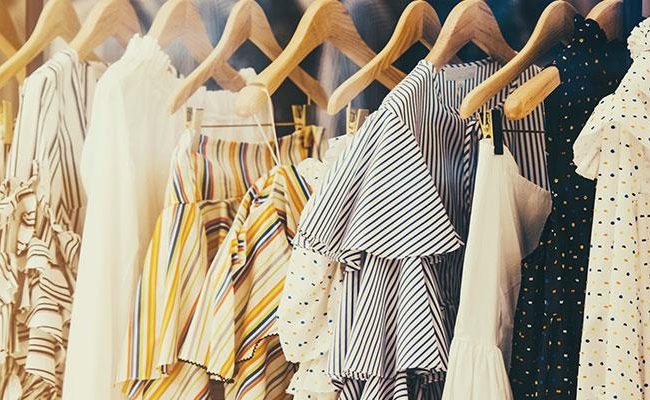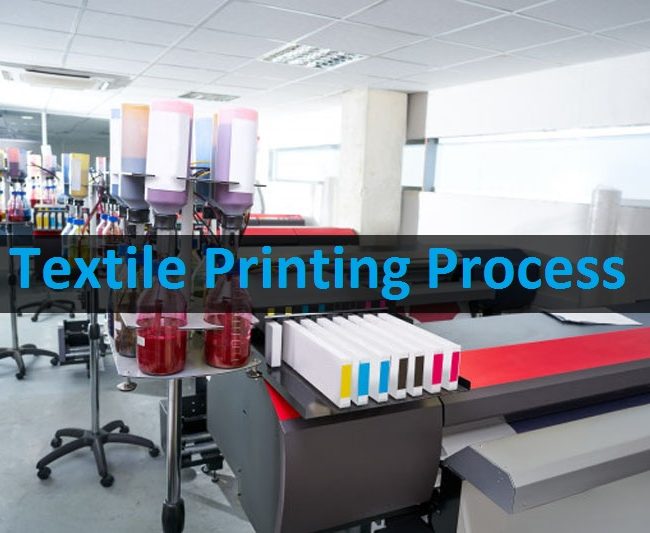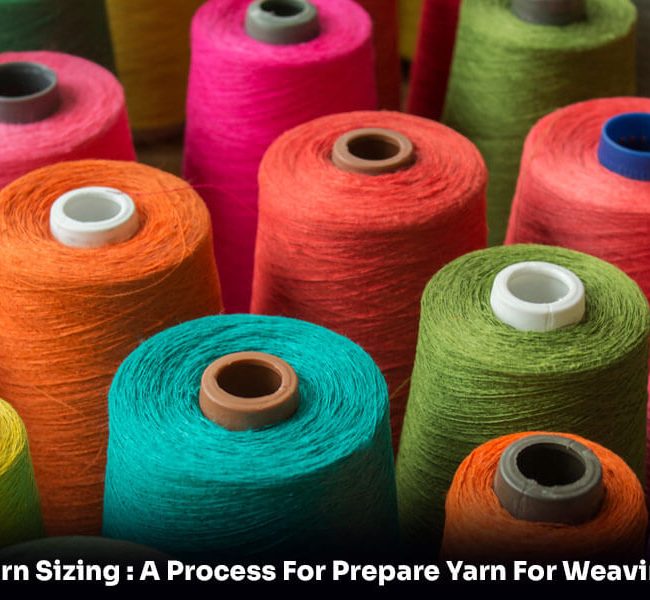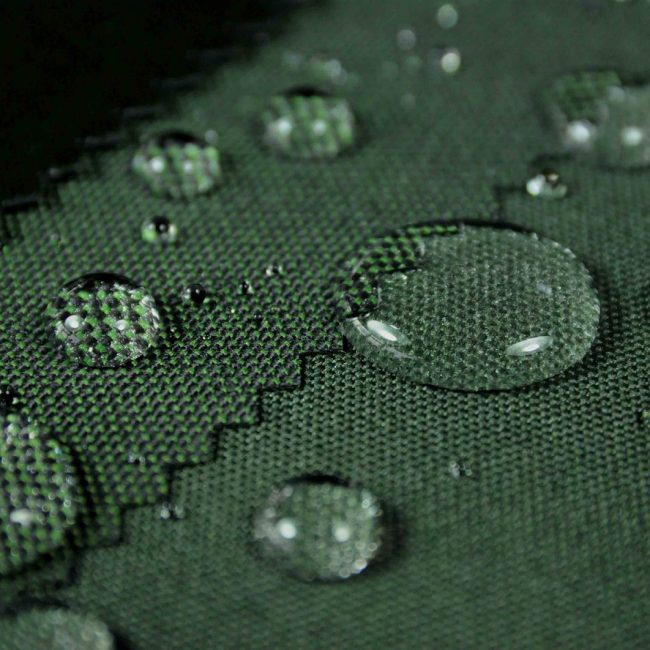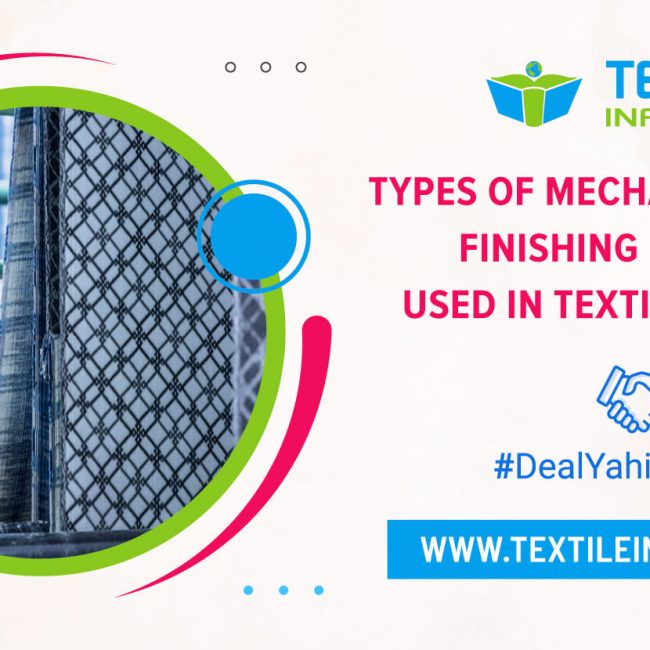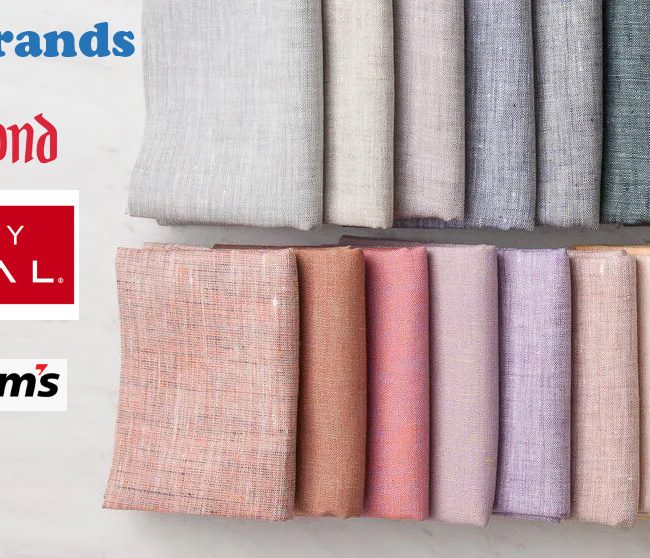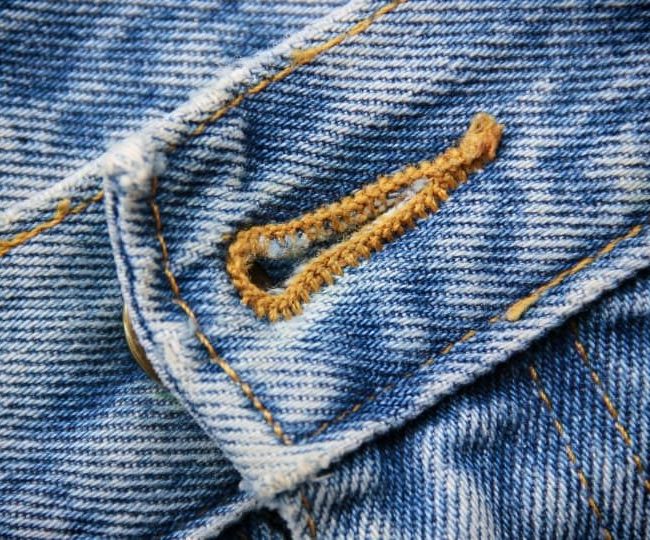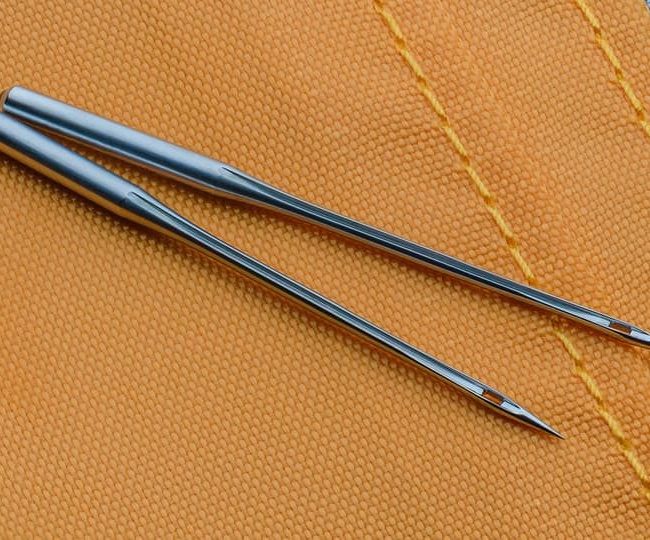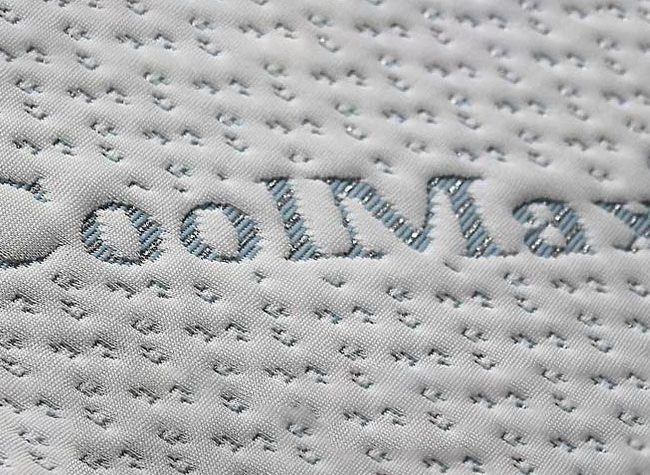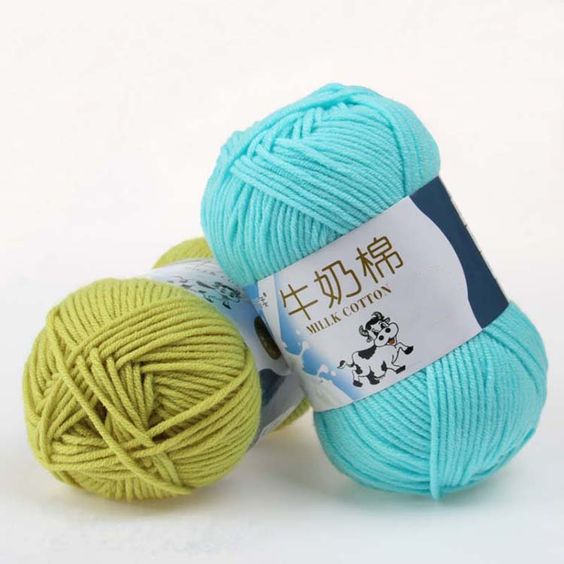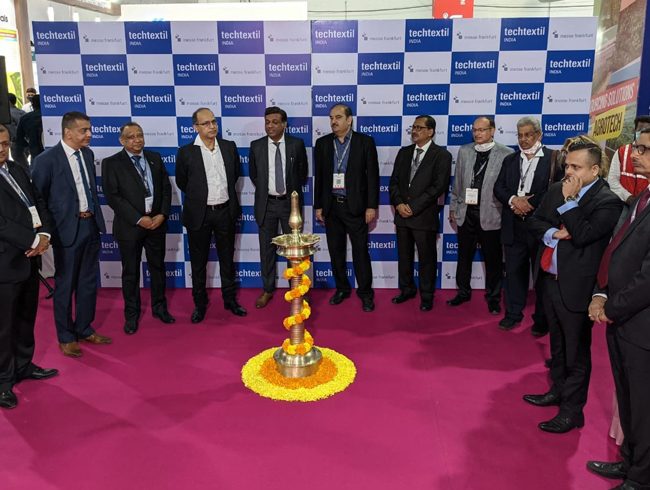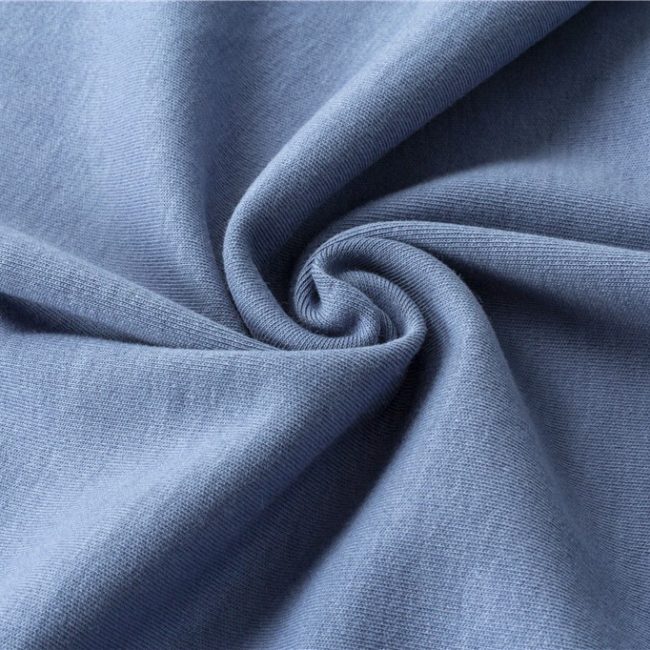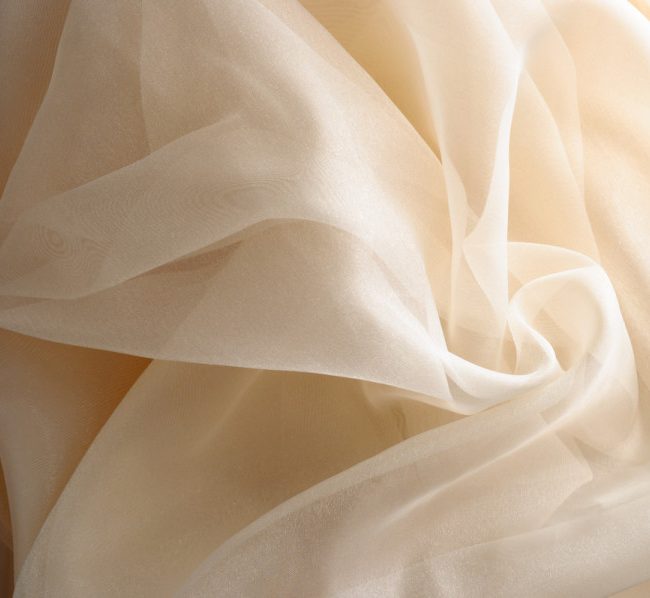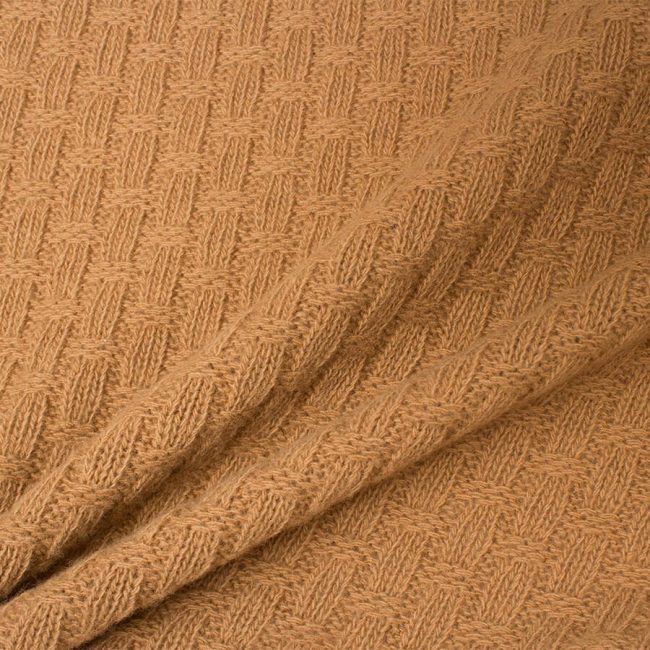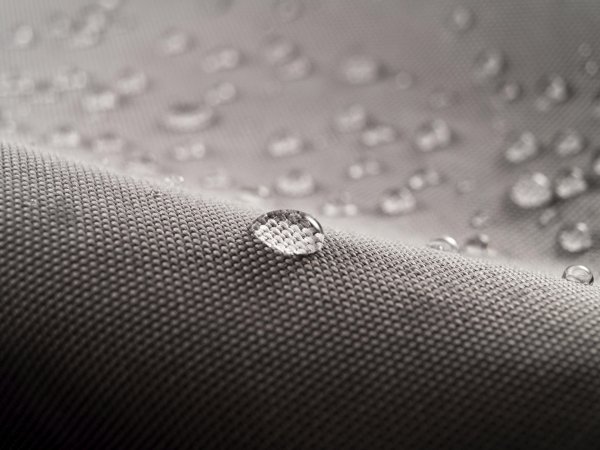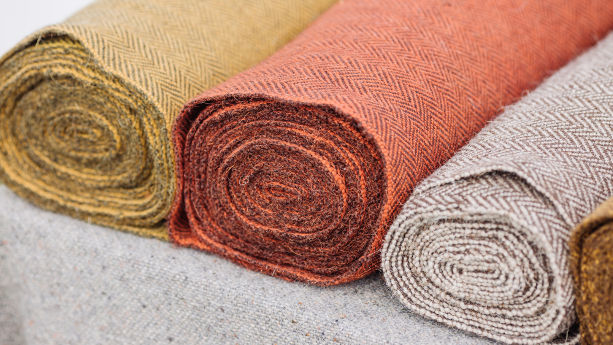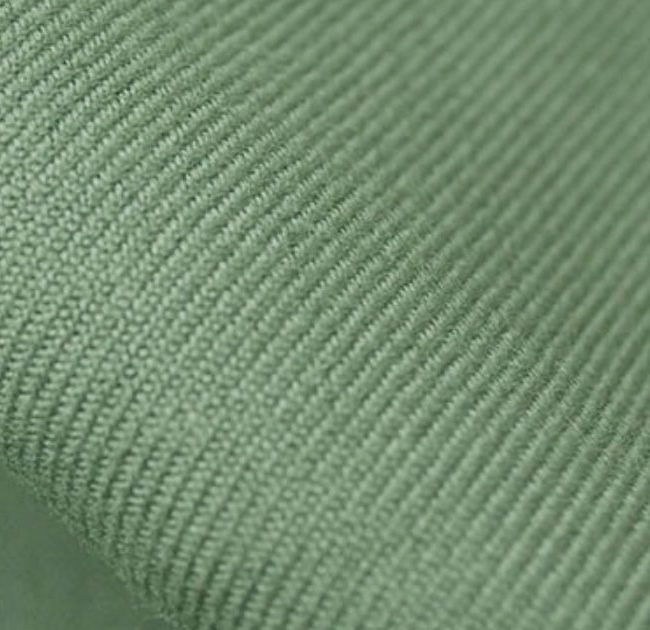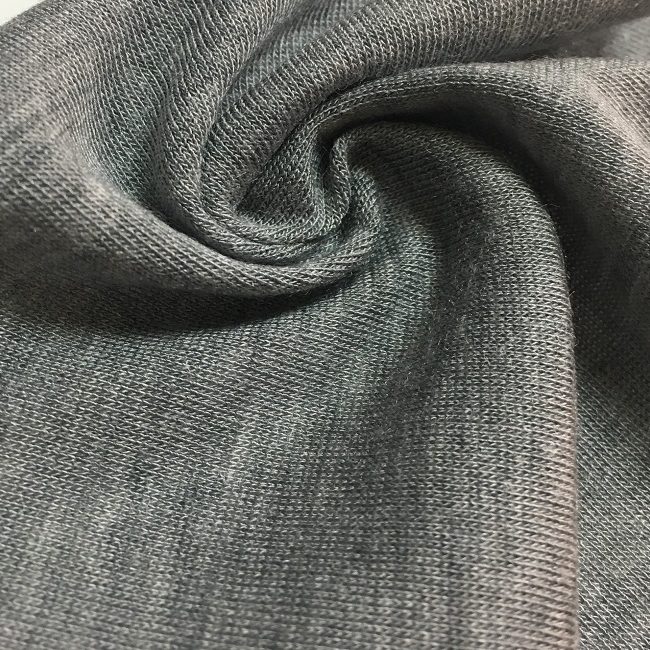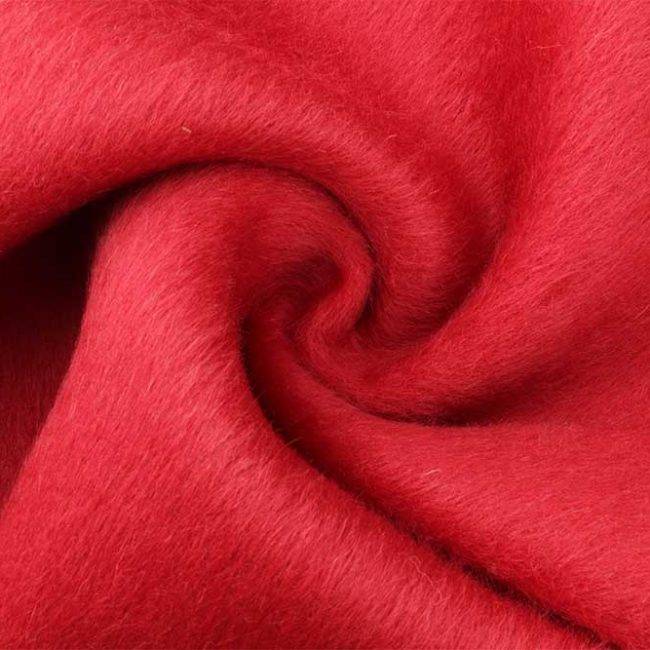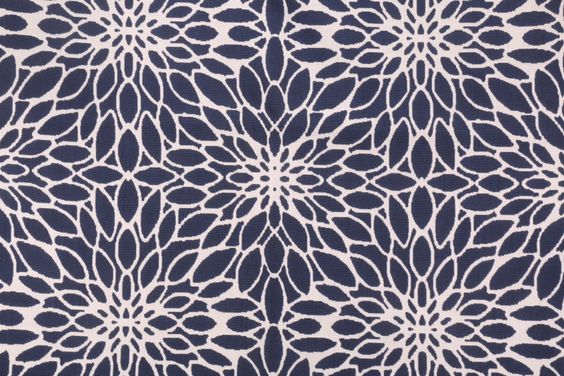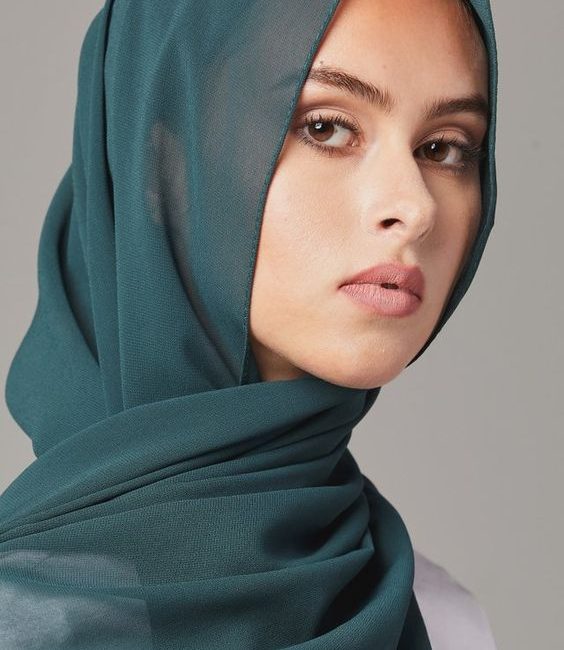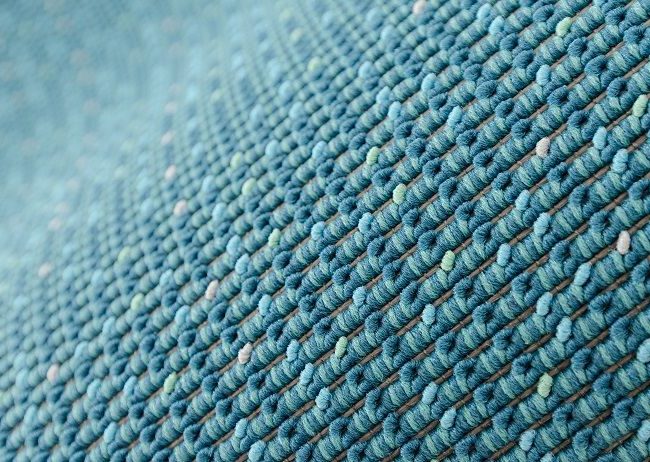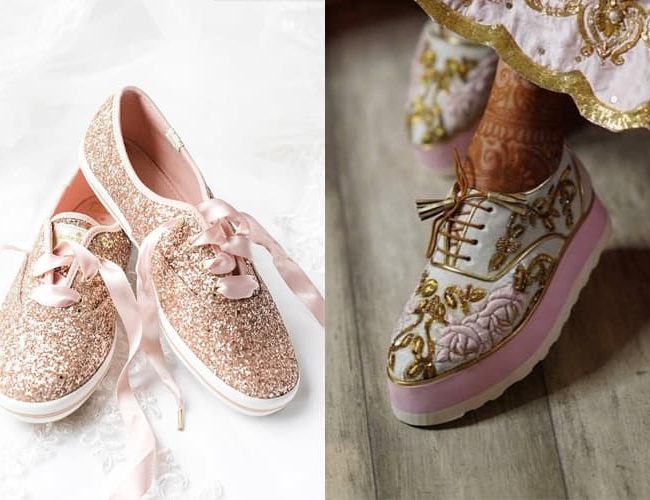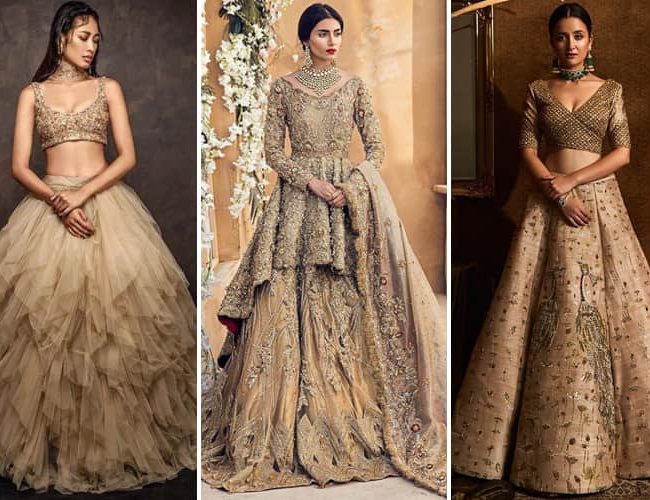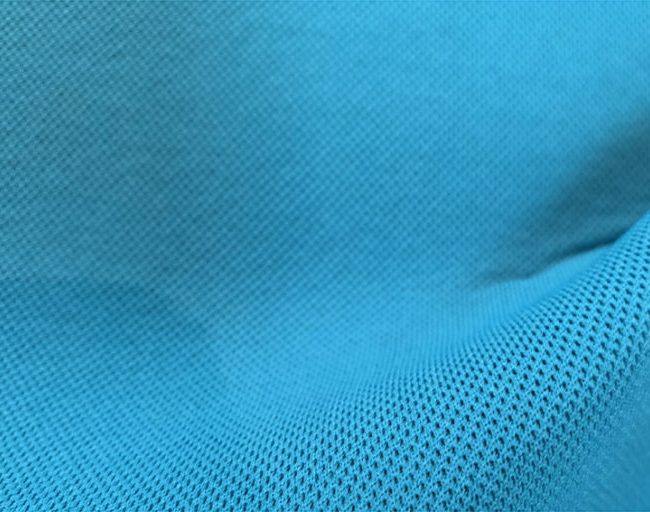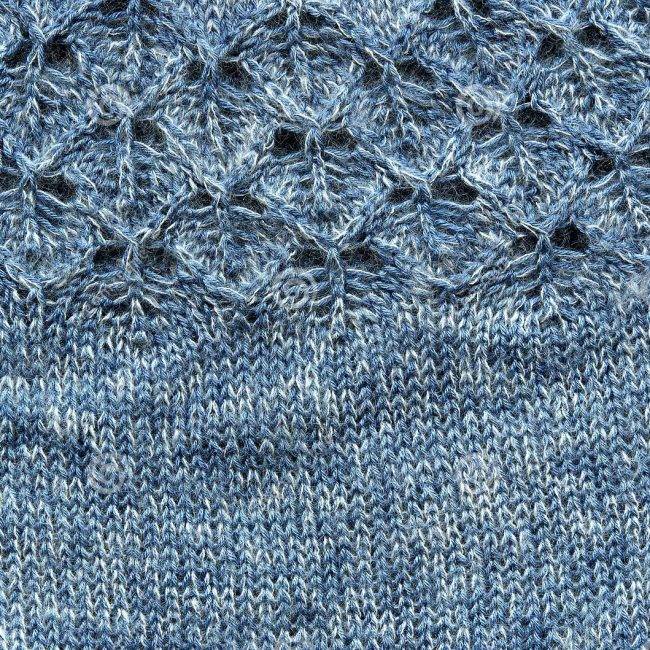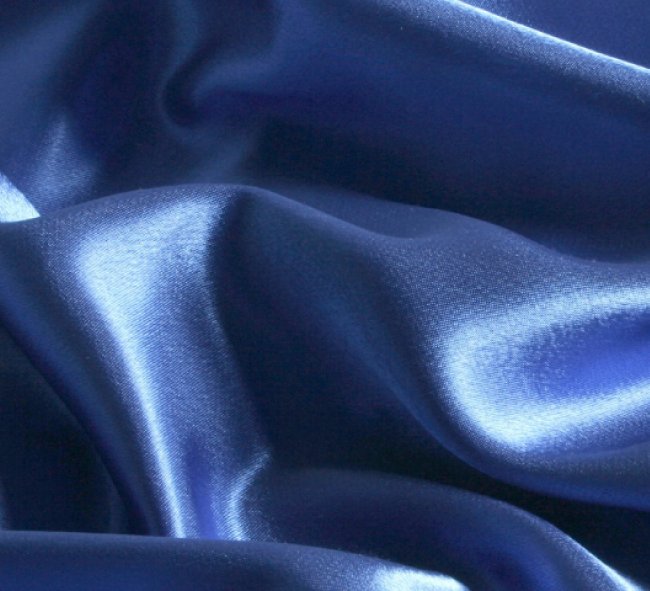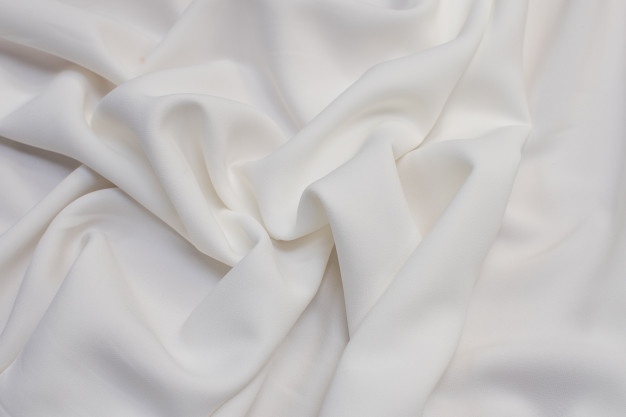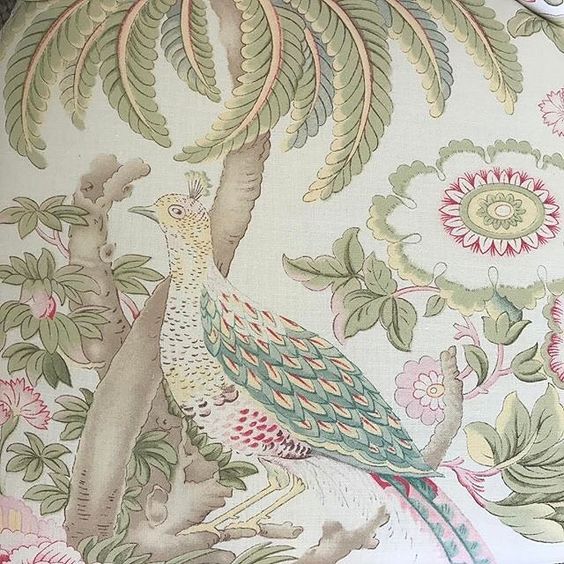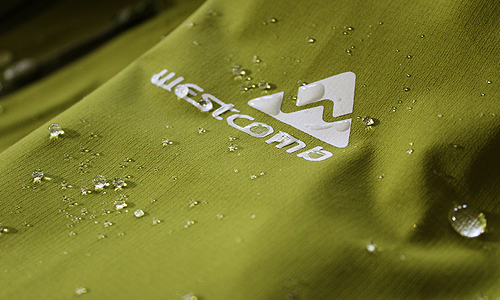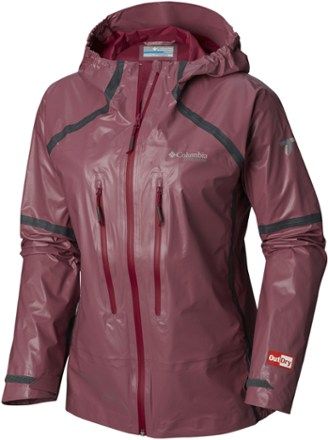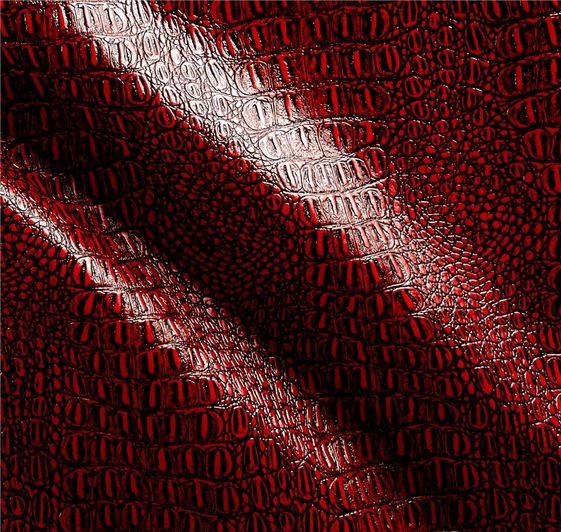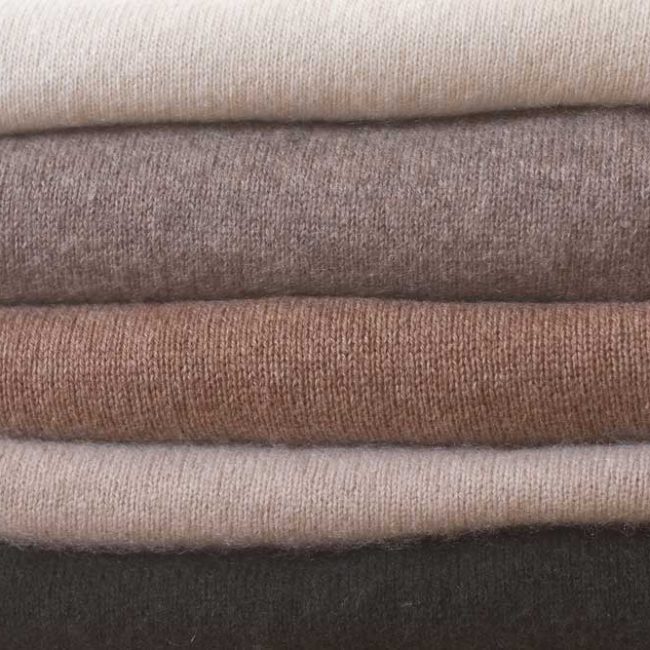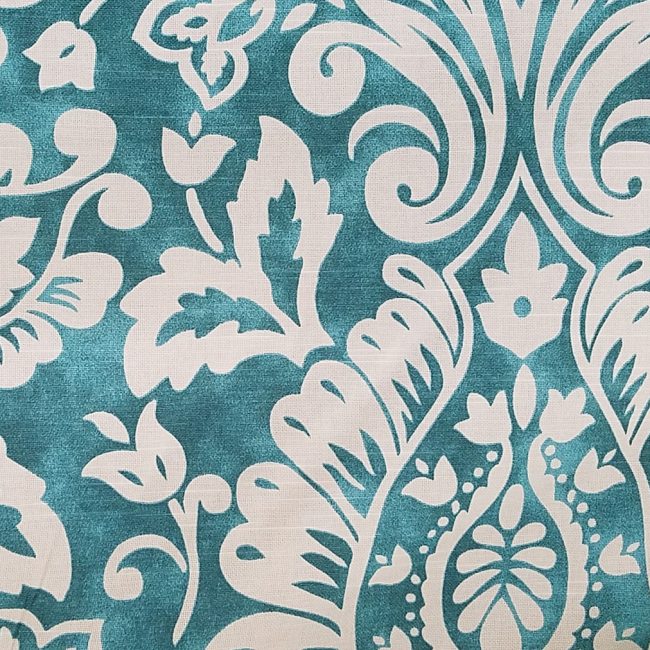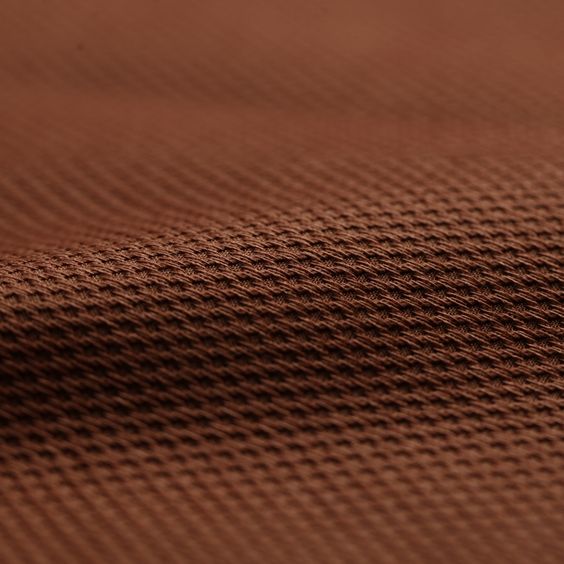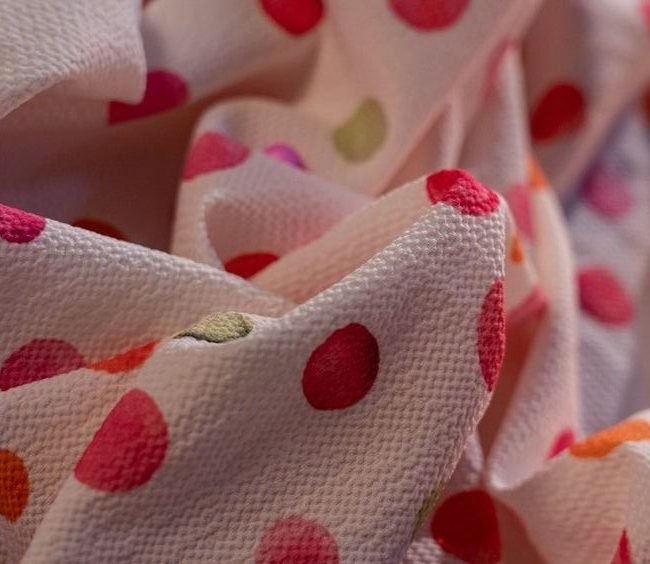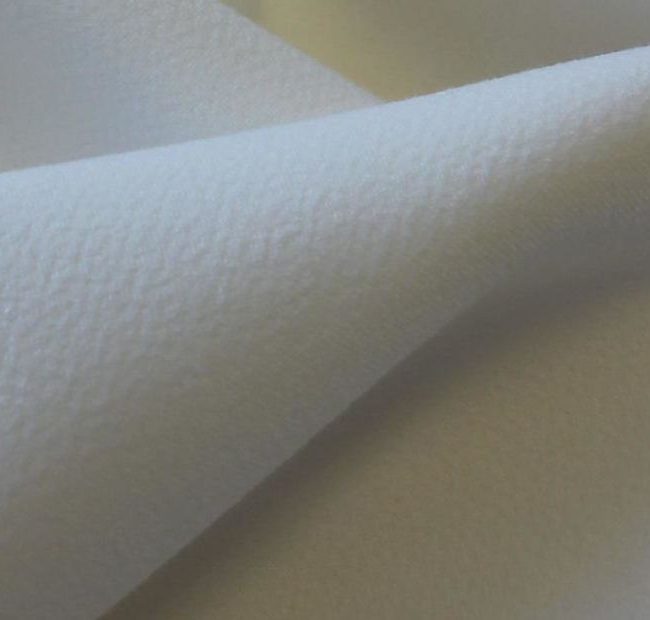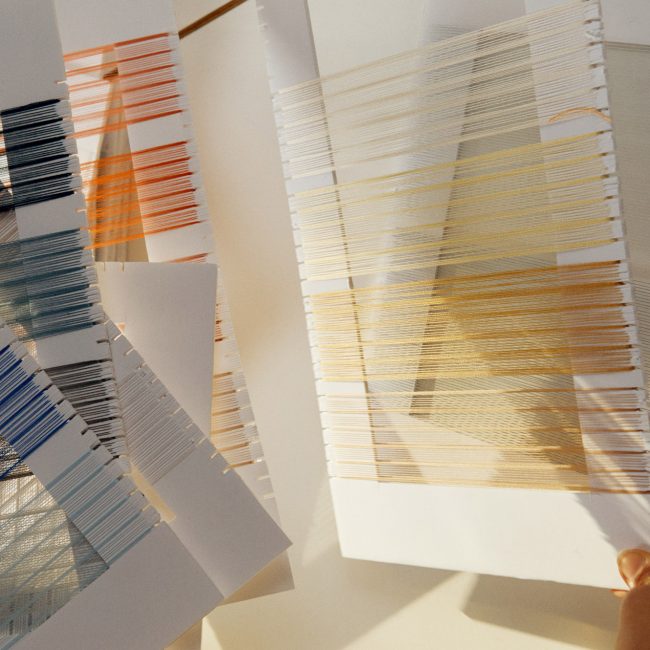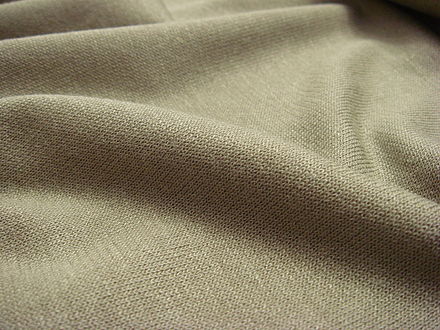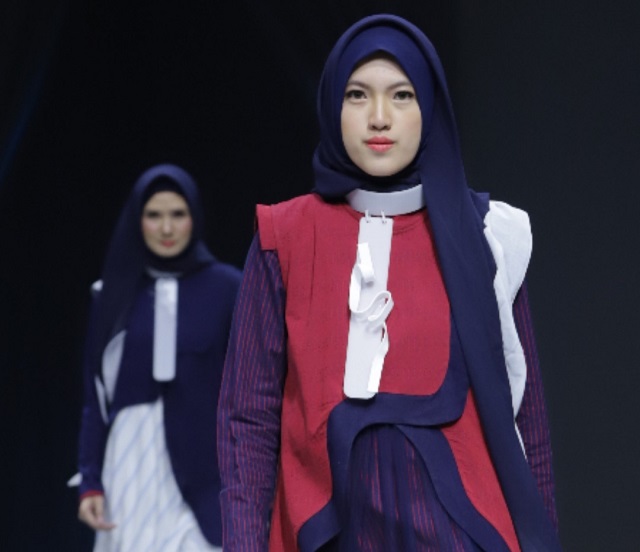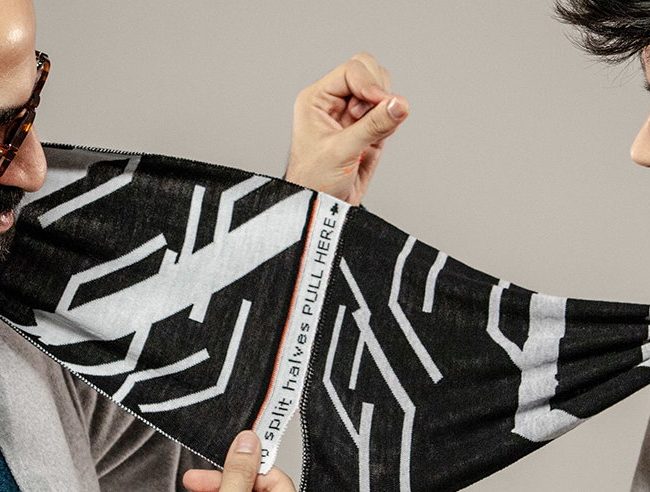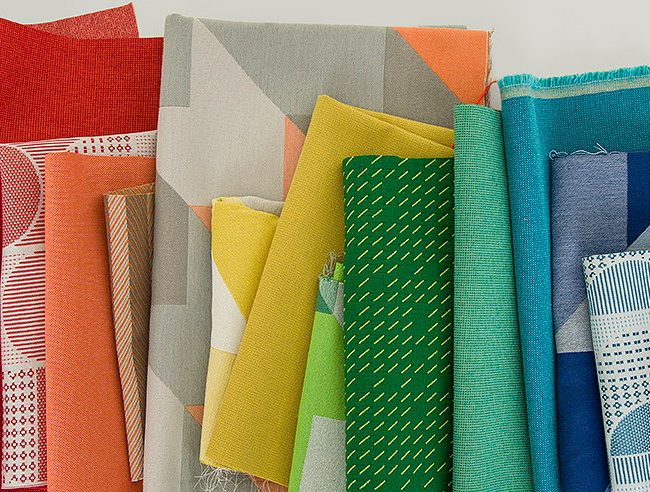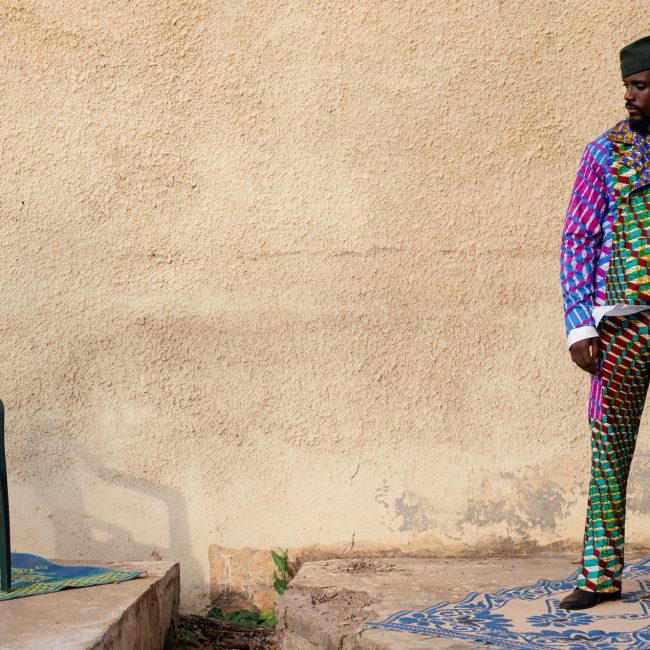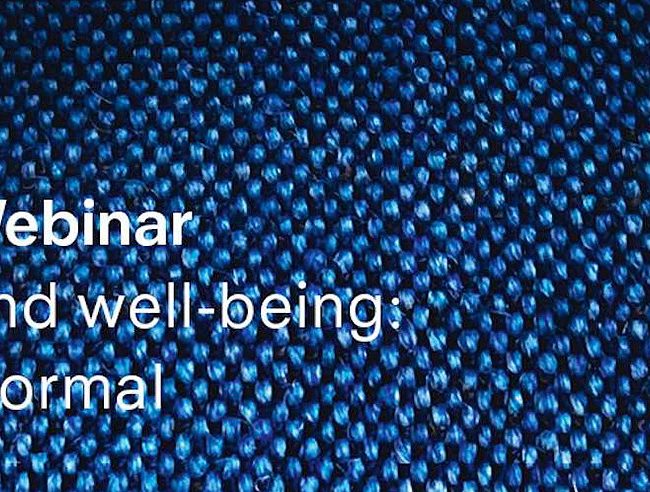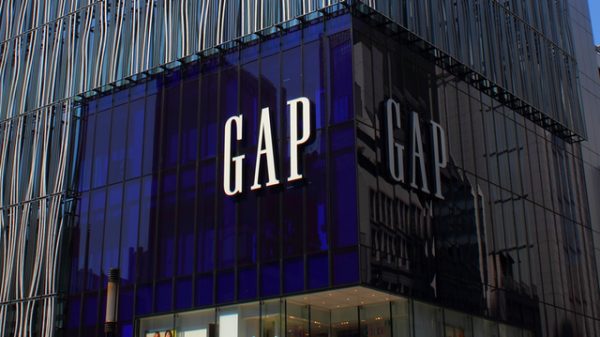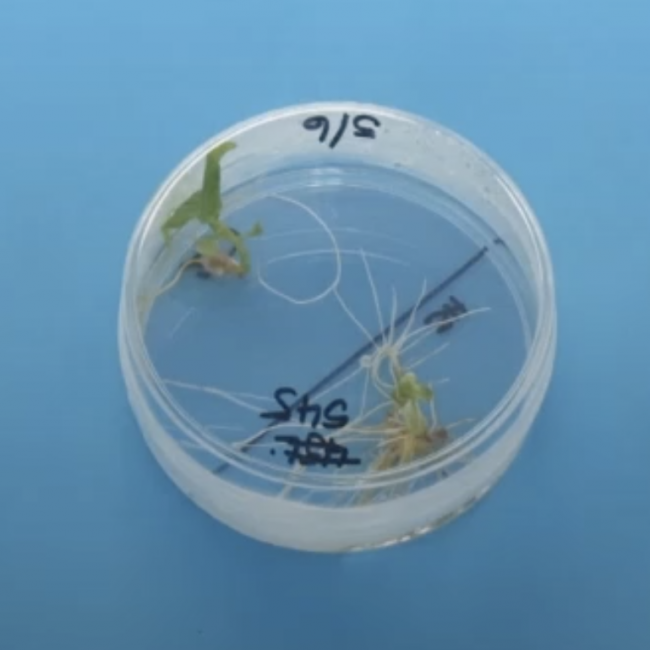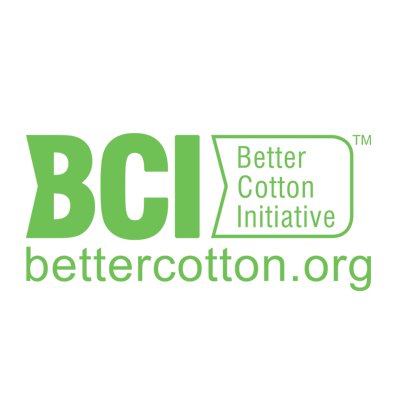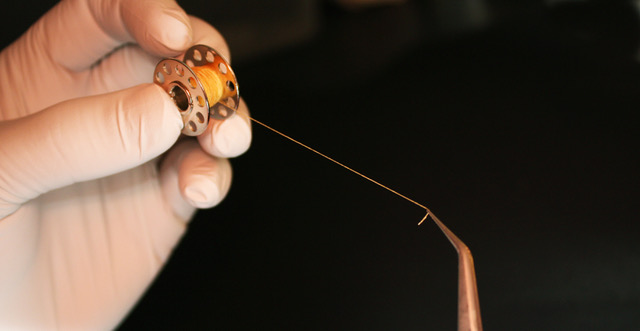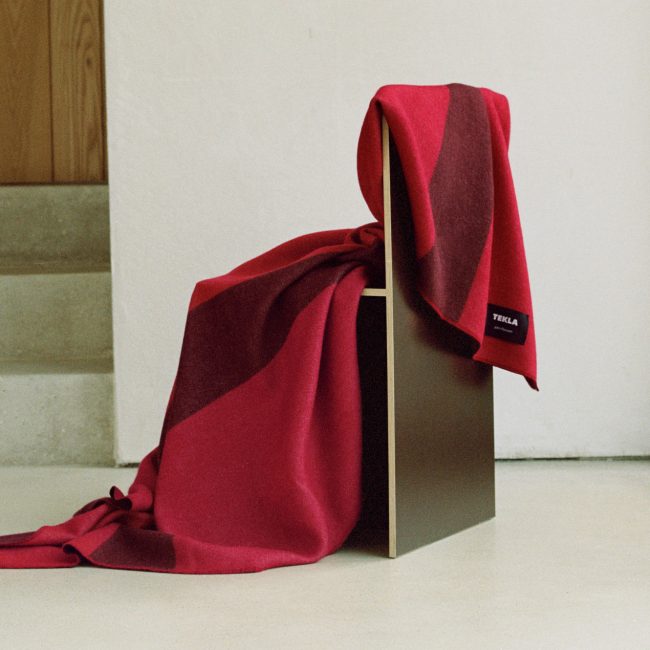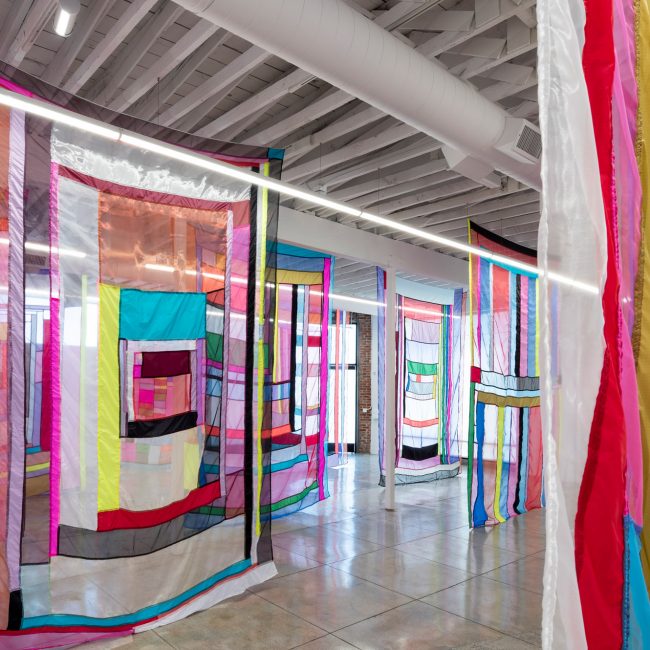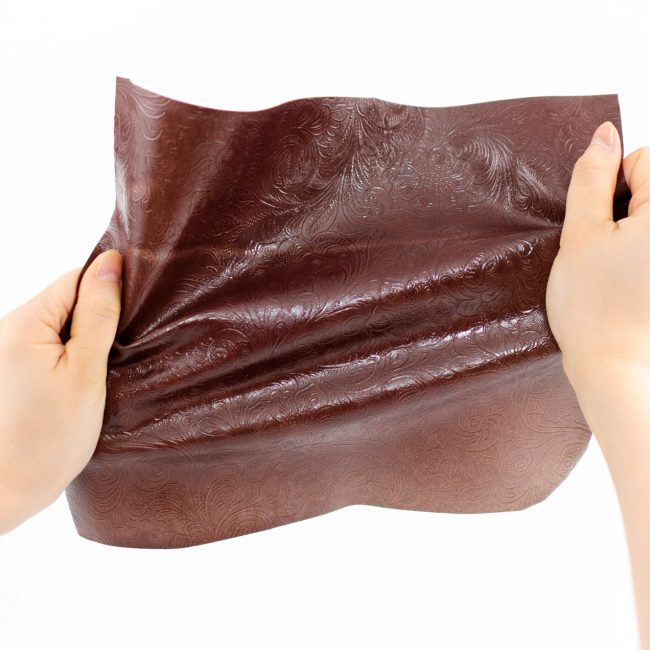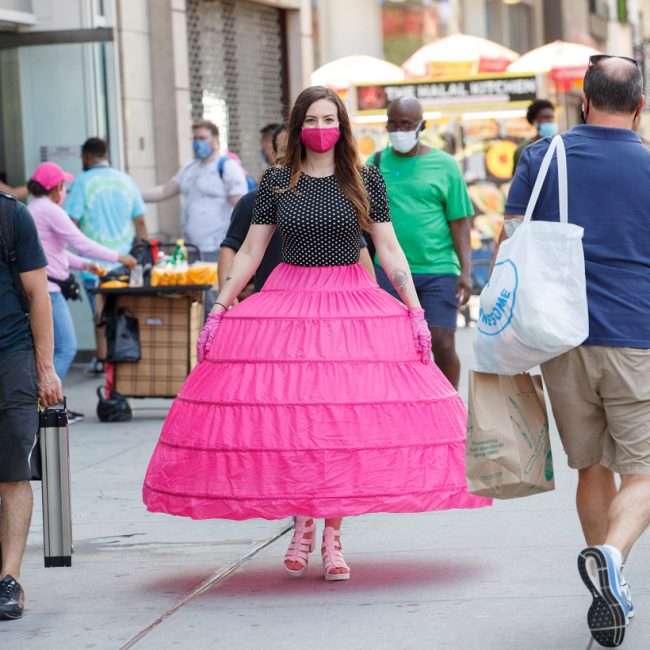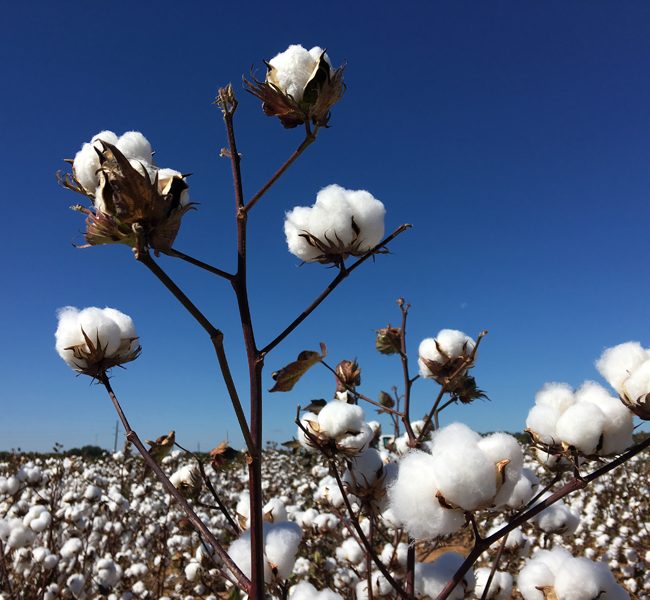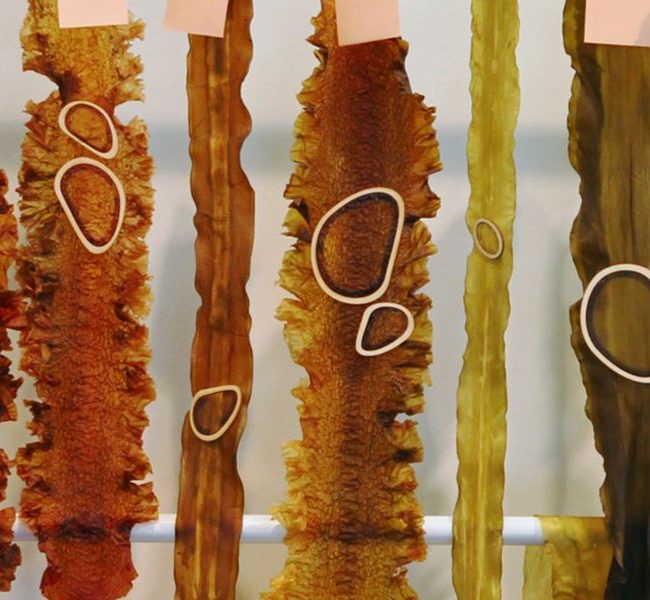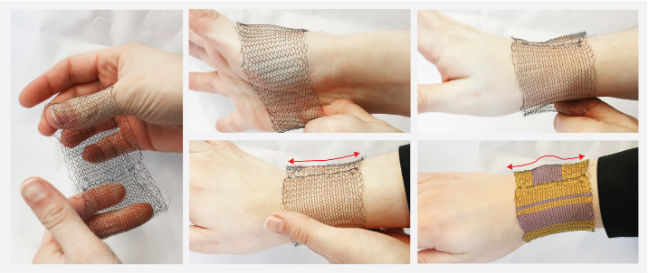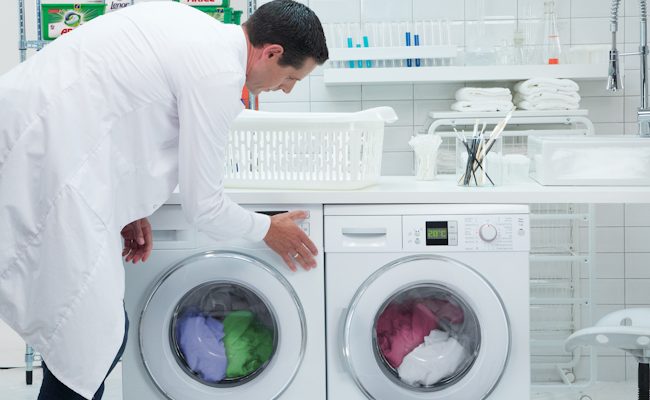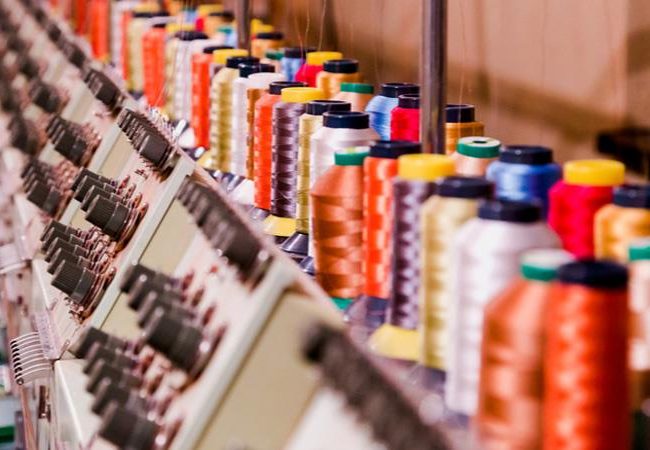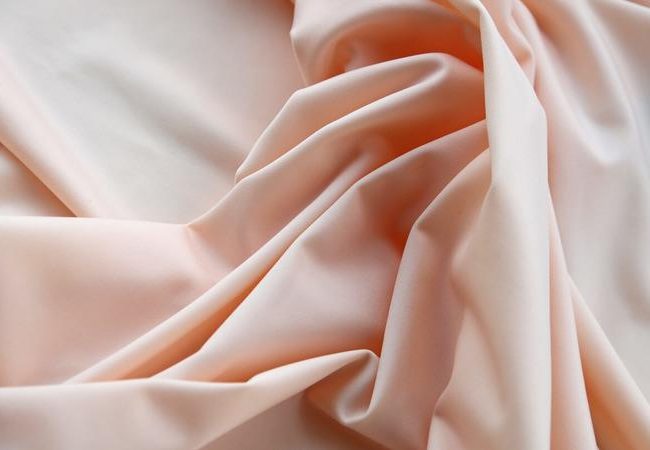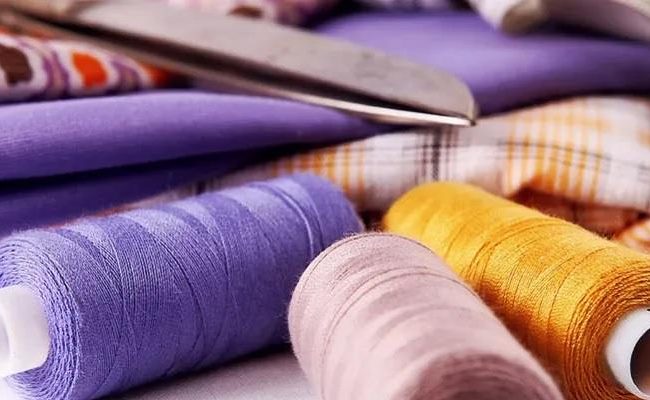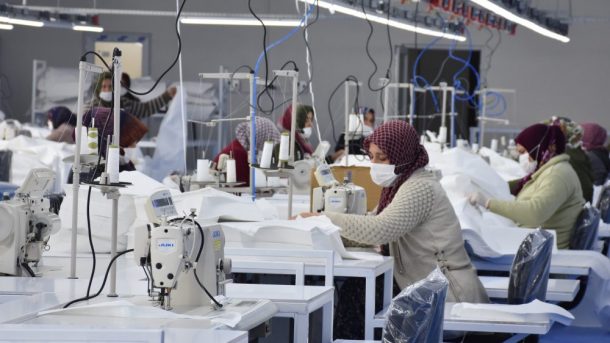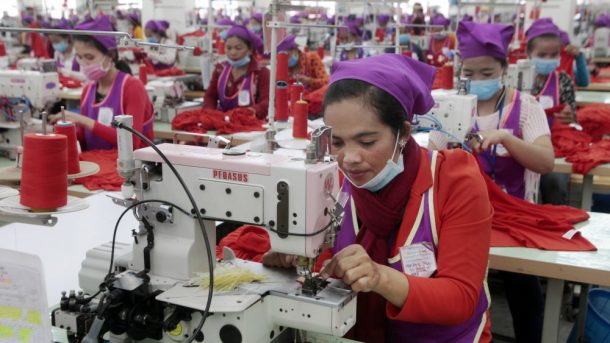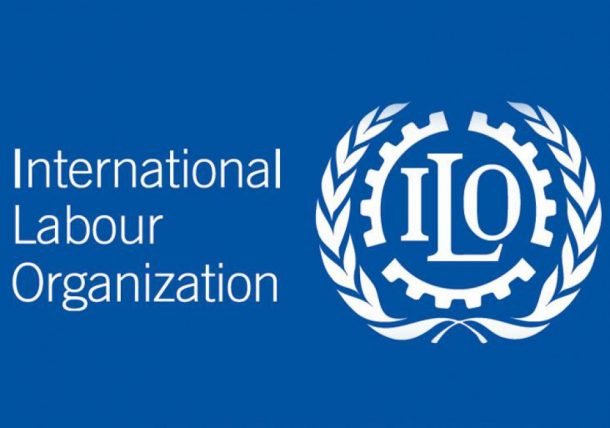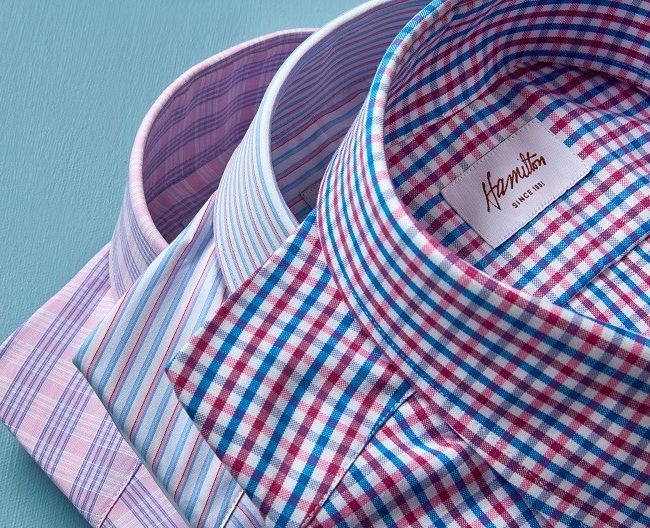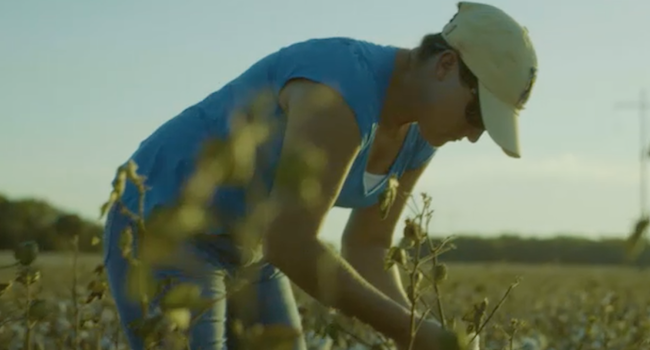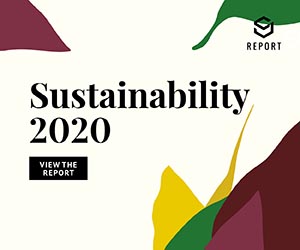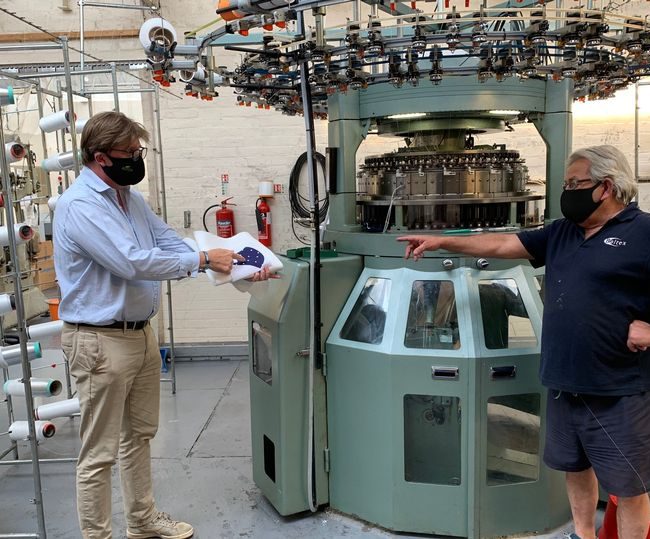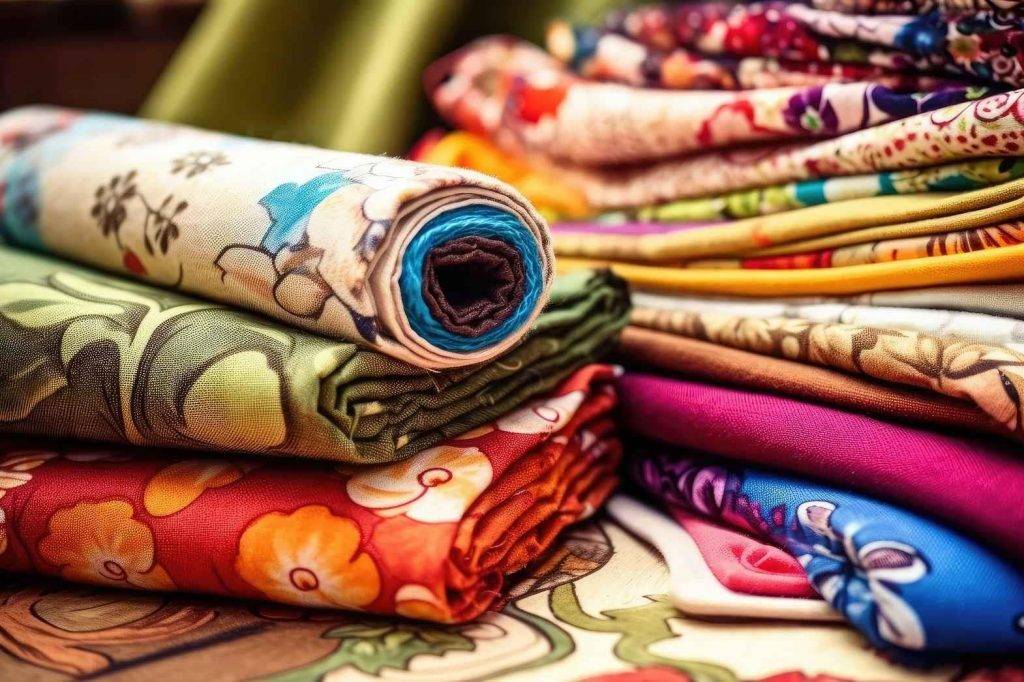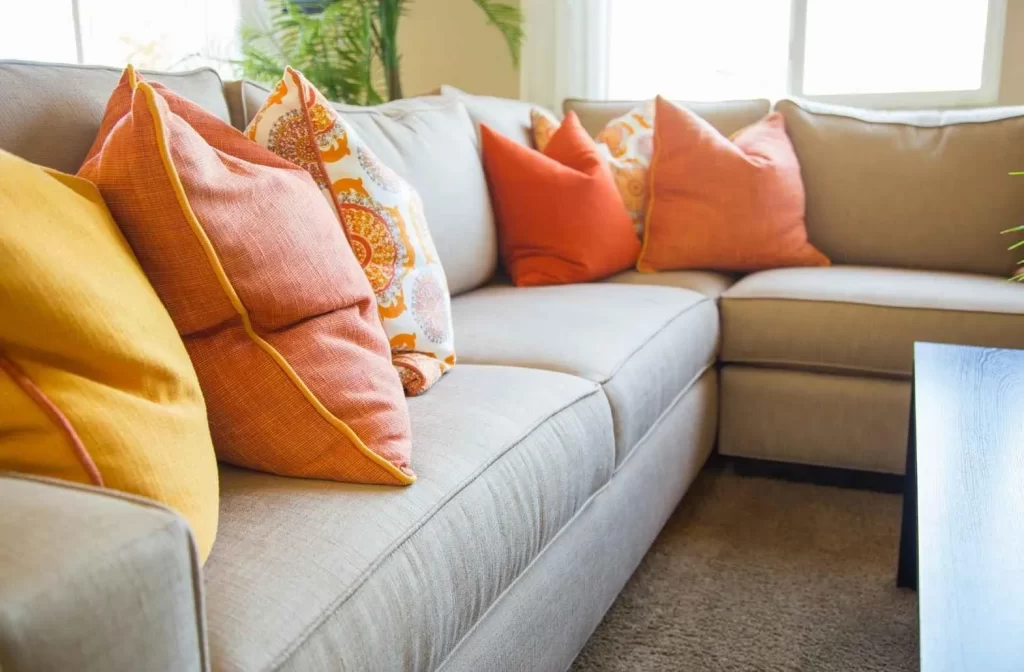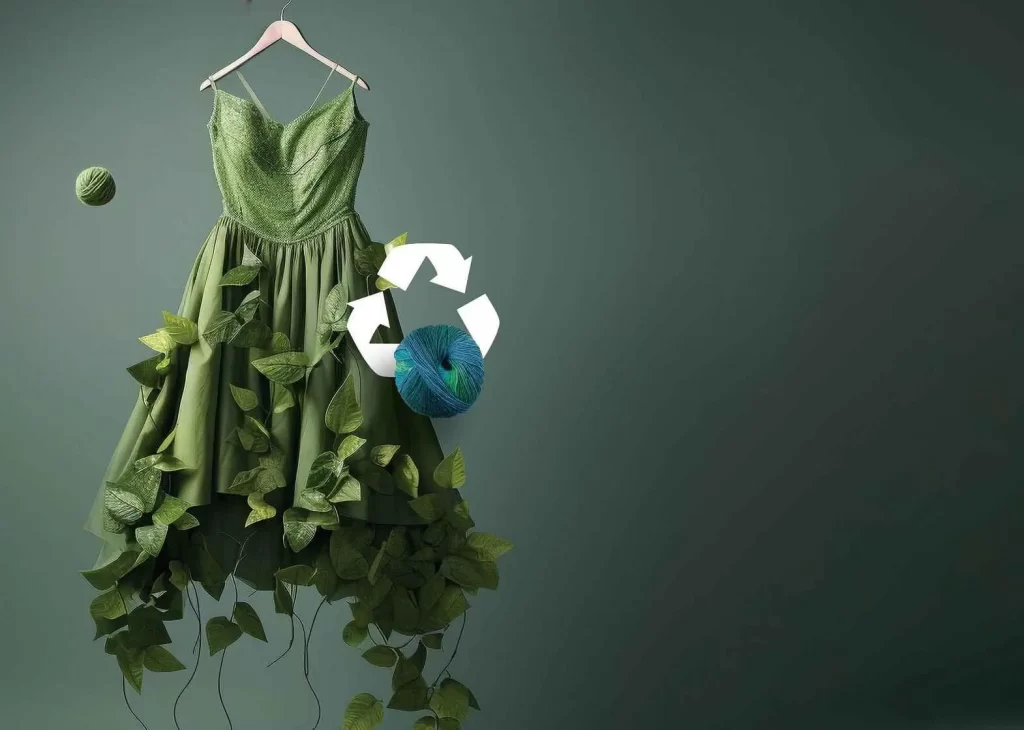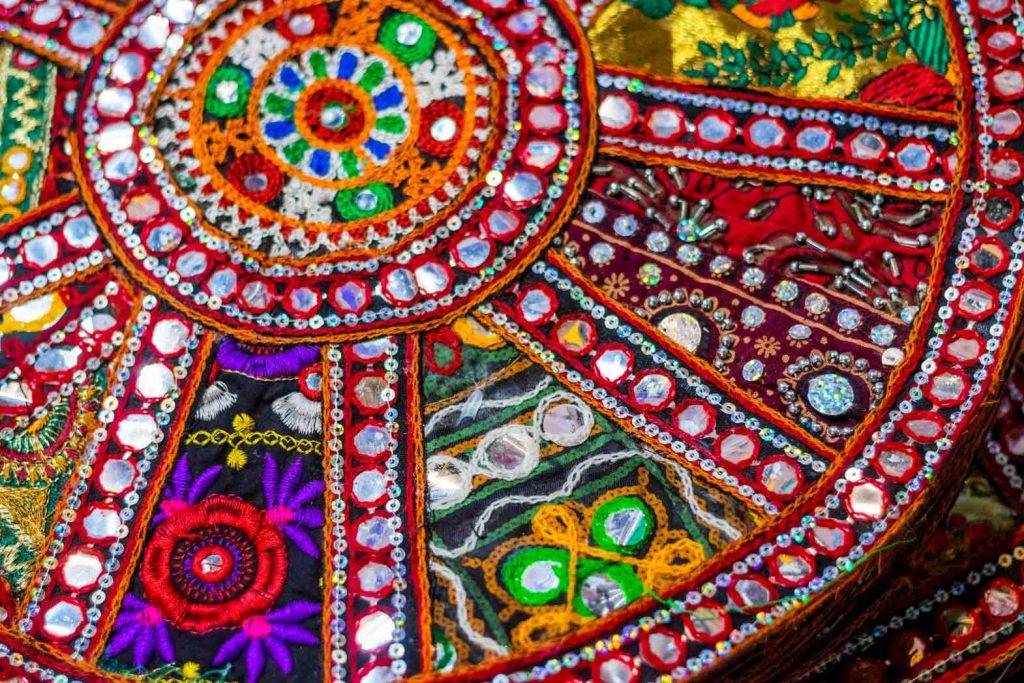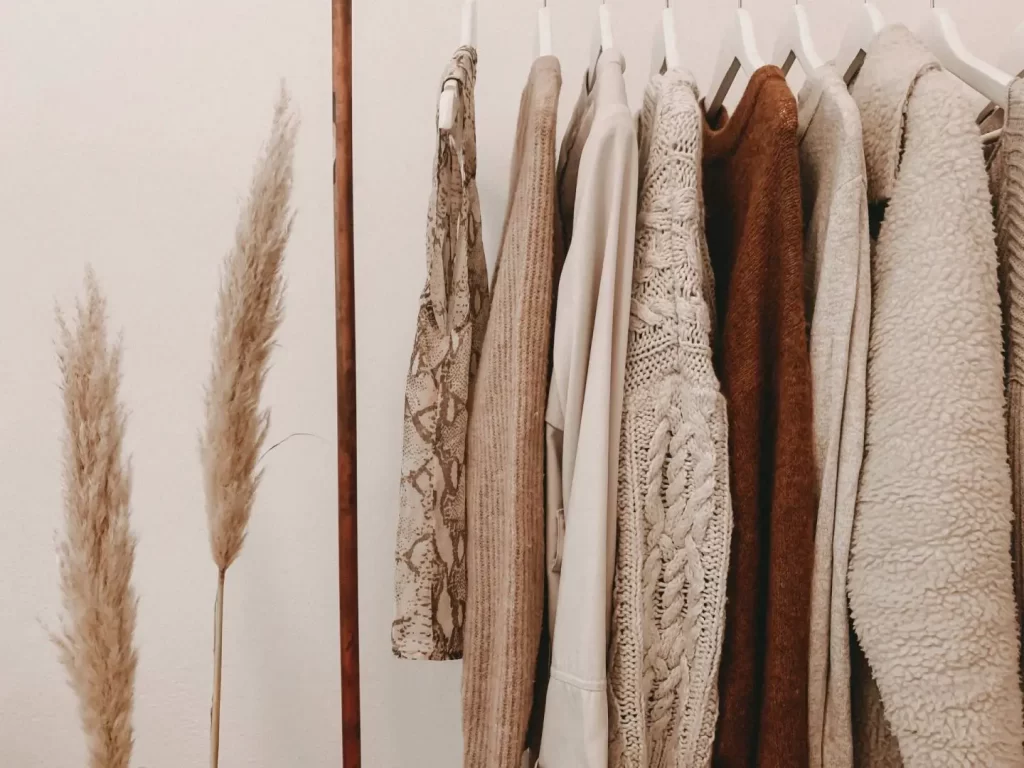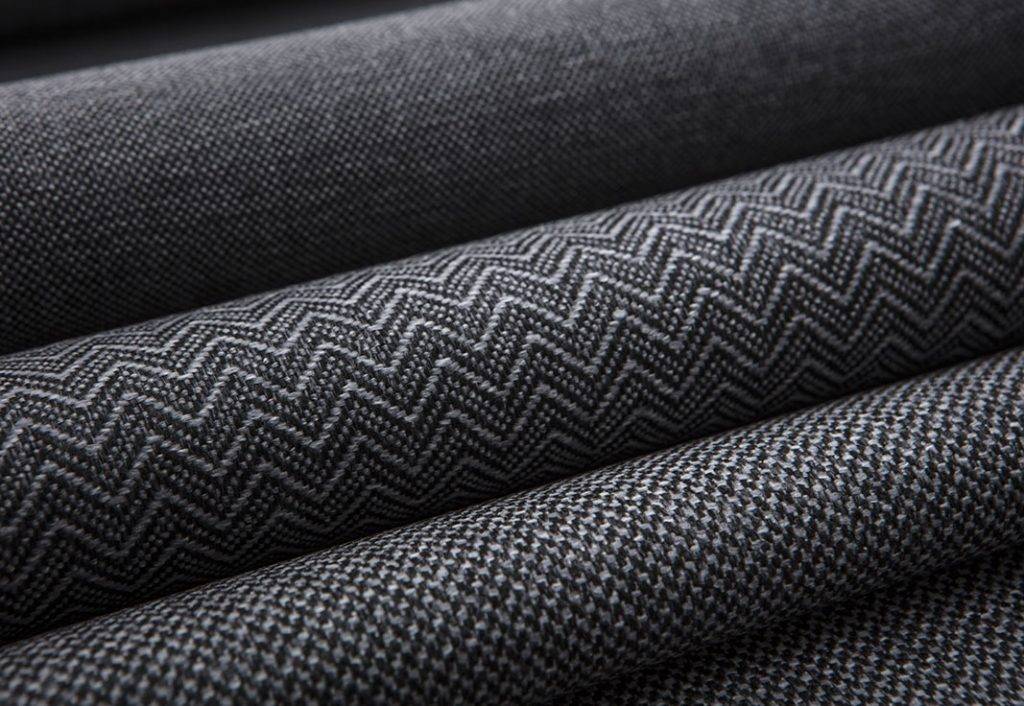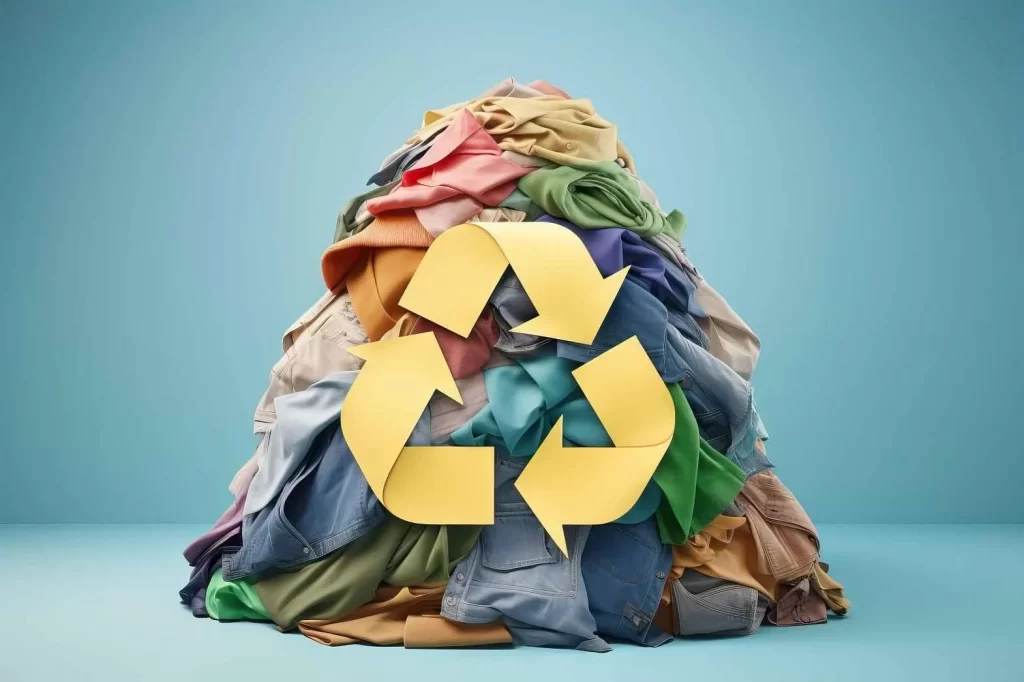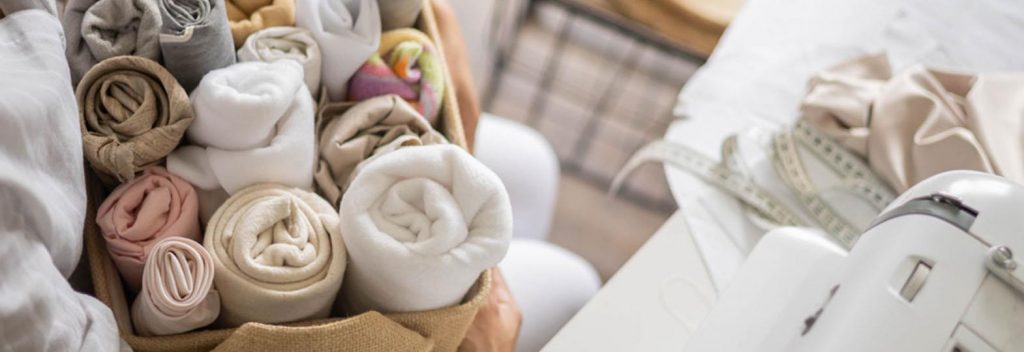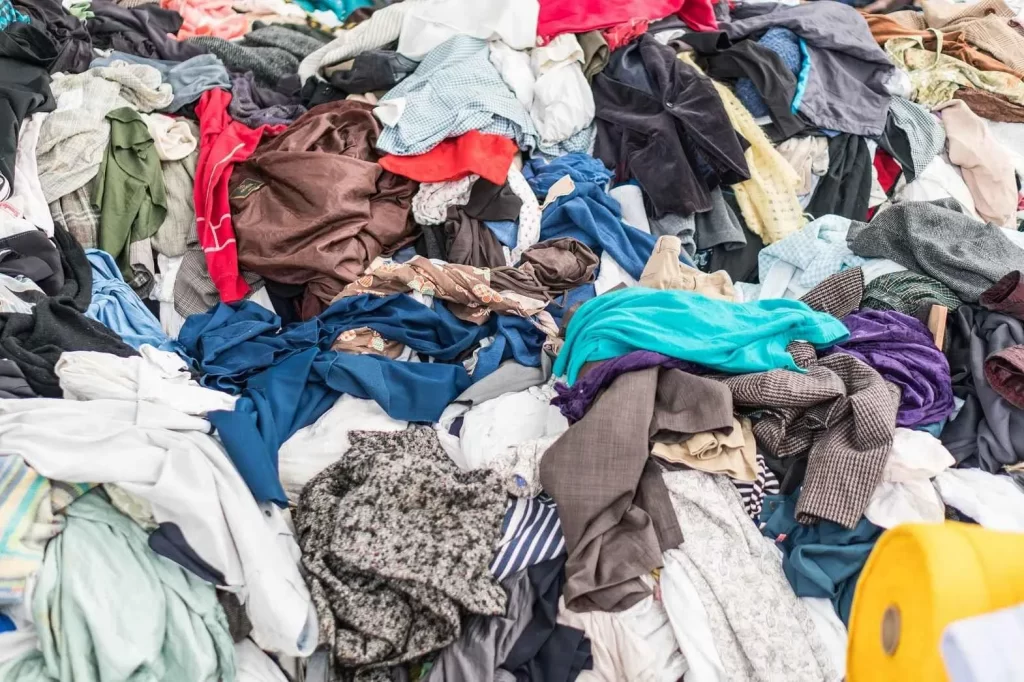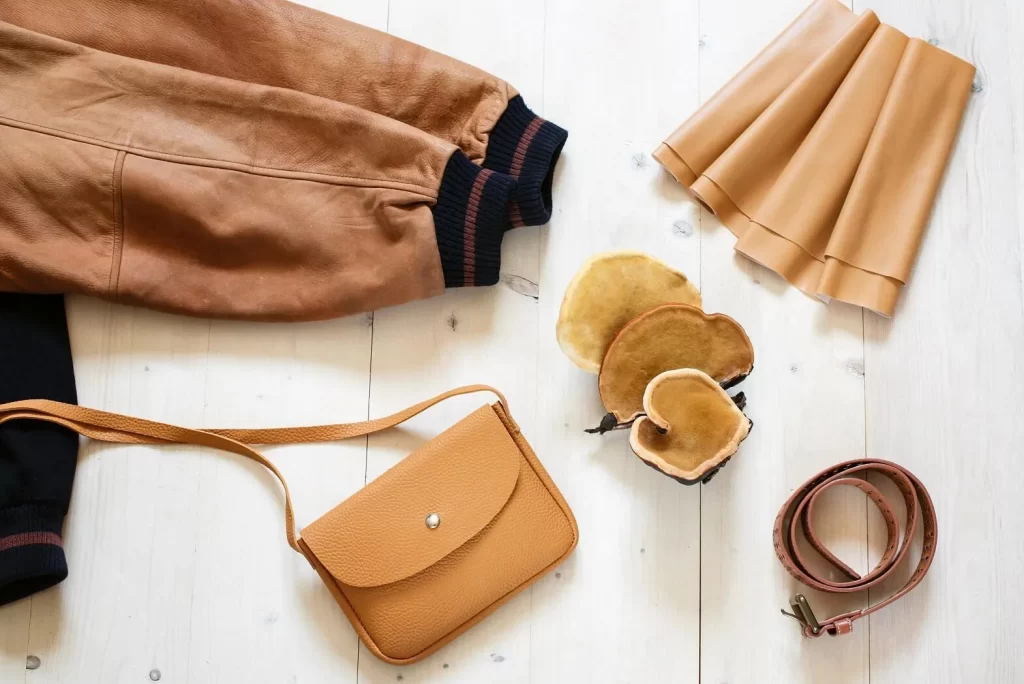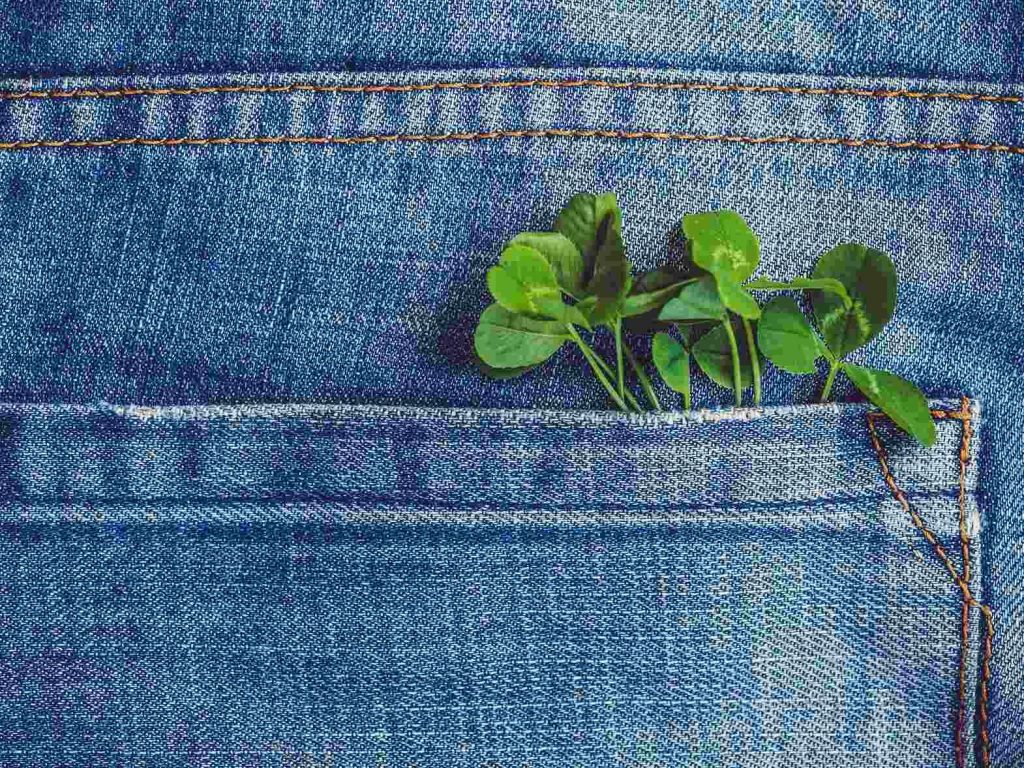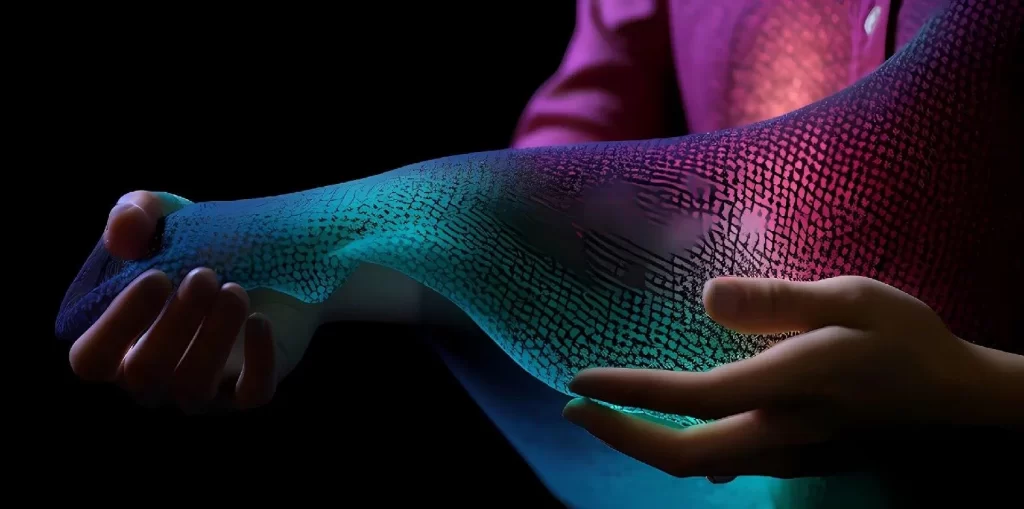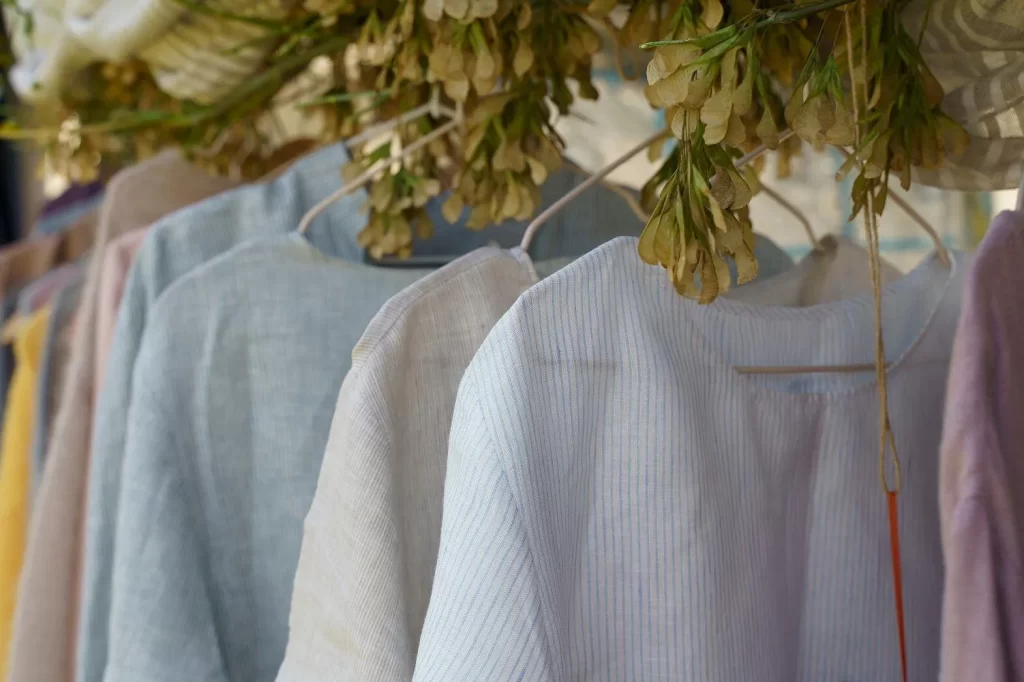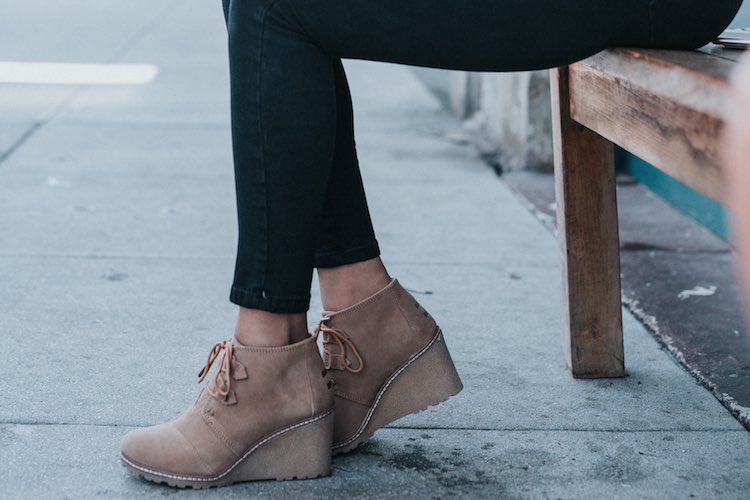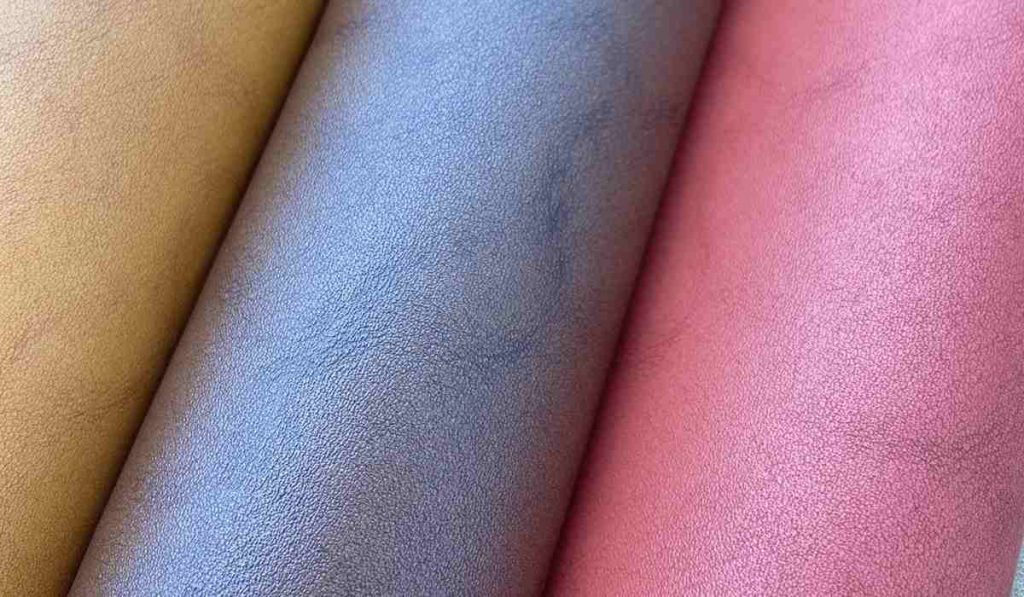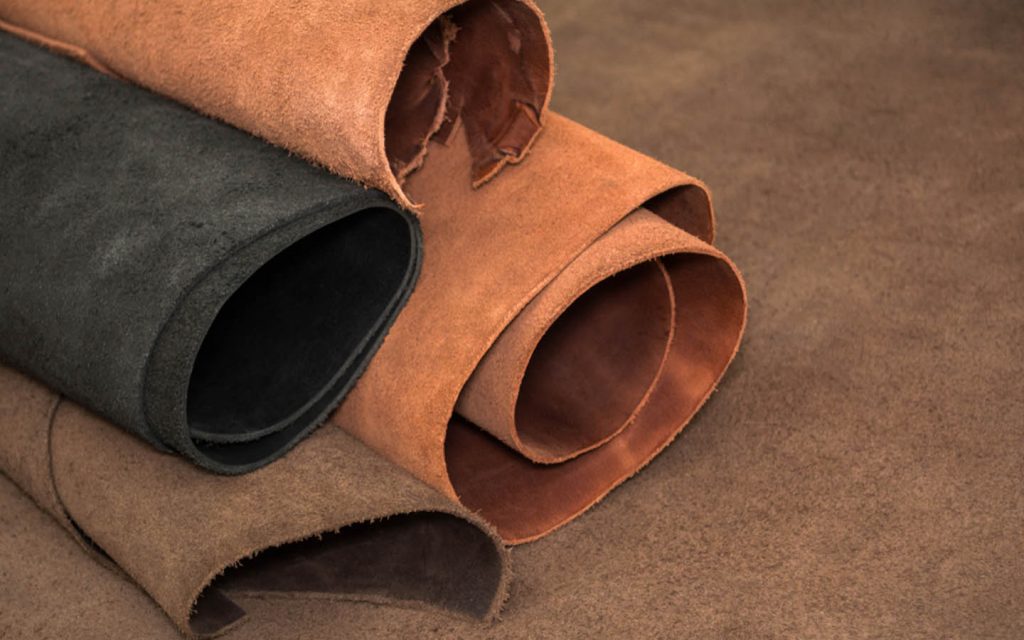Chiffon Fabric
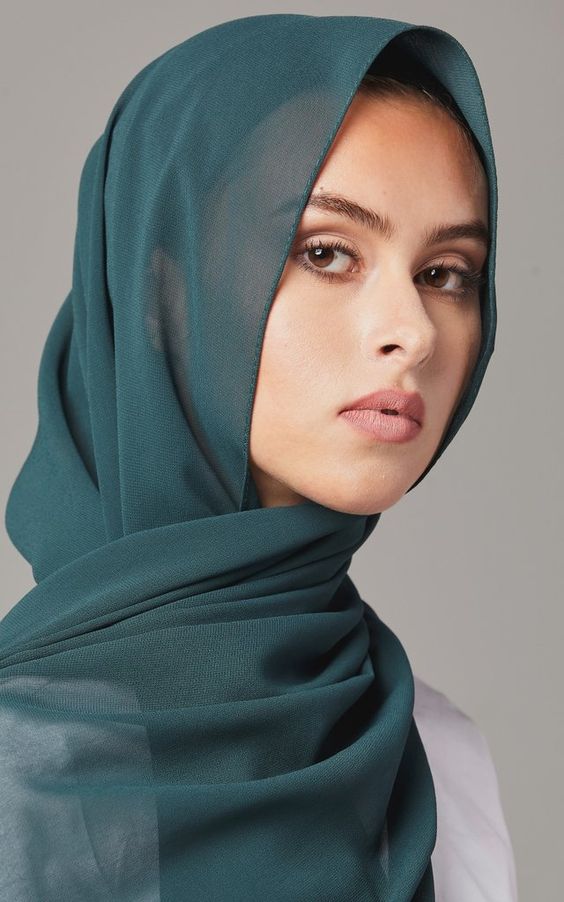
Chiffon is a term that is used to refer to a wide variety of different types of fabrics that all share similar qualities. This type of fabric is sheer , which means that it is light and semi-transparent with a simple weave.
This type of fabric was originally made from silk, and it was both expensive and in high demand among upper-class women in Europe and the United States when it was originally marked in the mid-19th century. The term “chiffon” is French, and it literally translates as “cloth” or “rag,” but this word has come to be synonymous with any type of lustrous, sheer fabric that is woven in a particular style.
Chiffon fabric was first made in France, but the production of this substance expanded worldwide as the Industrial Age picked up steam. By the first few decades of the 1900s, silk chiffon was in relatively wide production in the United States, and producers of this fabric in America were starting to show interest in replacing silk with another material for chiffon production.

Convertible Bridesmaid Dress in chiffon fabric
The first non-silk chiffon became available for consumer use in 1938. It was made from nylon, which was, at the time, heralded as a miracle fabric that would rapidly replace practically every type of organic textile. However, serious issues with nylon as a chiffon textile quickly became apparent, and for a while, most chiffon was, once again, made from silk.
In 1958, however, a polyester version of chiffon was developed, and most chiffon in existence today is made from this purely synthetic material. As a chiffon textile, polyester mirrored silk in many ways, but it, of course, was not as soft or “silky” as this organic textile.
While much of today’s chiffon is still made from polyester, manufacturers of this sheer and alluring material have also tried using rayon to make chiffon. In some cases, cotton may also be used, but this pill-prone and relatively delicate substance isn’t as suited for chiffon as many other synthetic or semi-synthetic materials. To some degree, chiffon is still made from silk, but silk chiffon is now seen as a luxury textile, and it is only available in the form of relatively expensive chiffon garments.

Crinkled Polyester Chiffon Fabric – Ivory
Rather than being distinctive for being made from a certain material, chiffon stands out due to the unique method that is used to produce it. The weaving method used to make chiffon is called the alternate S-and Z-twist, and this name is derived from the shapes that yarn takes on when it is used to make this fabric: Yarn made into S-shapes is woven into yarn with Z-shapes, which results in a slightly puckered fabric that facilitates greater elasticity and produces a more textured appearance. This weaving method also gives chiffon a relatively rough feel.
Silk chiffon was originally worn as a sign of status, but now that this fabric can be made with relatively cheap textiles, it no longer provides this benefit. Instead, it is a relatively widespread material that is used in everything from bows and ribbons to wedding dresses. People from all over the world wear chiffon, and it continues to enjoy enduring popularity.
It’s important to point out that chiffon fabric exists that emerged separately from the silk chiffon diaspora that originated in France. For instance, certain indigenous groups in Ethiopia and Eritrea have been making chiffon-like garments made from silk for hundreds of years. These garments usually take the form of ankle-length gowns, and they are often brightly colored.
In addition, chiffon has been produced in India for many centuries, and it is commonly used in saris, which are traditional Indian garments for women. As in France and other Western nations, silk chiffon was once used as a status symbol in India, and it has since become more mainstream.
How Is Chiffon Fabric Made?

Chiffon fabric is made with different methods depending on the type of material that is used to weave this unique type of textile. The production of silk , for instance, involves the breeding of silkworms, the softening of cocoons, and the reeling of filaments. Polyester production, on the other hand, involves no organic components, and this fabric is made entirely from synthetic chemicals that are synthesized in a laboratory.
No matter what base material is used to make chiffon fabric, once this textile yarn has been produced, the weaving of chiffon follows a uniform pattern. The yarn used to make this type of textile is arranged in opposing S-shaped and Z-shaped curves, and it is then woven together with a loom or an industrial weaving machine.

Black & Metallic Cosmic Print Chiffon Shirt Dress
Due to the fact that chiffon fabric is incredibly delicate, this textile is often woven by hand. No matter what material it is made from, the production of chiffon fabric is often a slow and laborious affair; while automated machines can be used to make this fabric, these machines also have to work at relatively slow paces to avoid causing any damage to finished textiles.
Since it has such a slippery texture, tailors may place sheets of paper on either side of chiffon during the sewing process to ensure that it remains in place. Once the chiffon fabric garment is fully sewn, the paper is carefully ripped out.
How Is Chiffon Fabric Used?

This style of fabric is mainly used to make garments for women. Chiffon fabric is very delicate, so it is not typically used in daily apparel. Instead, it is used to make nightgowns, evening wear, or blouses that are meant for special occasions. Since it is semi-transparent, it is common to use chiffon fabric to make overlays, which are types of garments that go over opaque types of apparel to impart a textured or delicate appearance.
Where Is Chiffon Fabric Produced?

Since so many different types of chiffon fabric are made from a wide variety of materials, it’s hard to pick a clear winner in the global market for this product. As with most textiles, China is the biggest exporter of finished chiffon fabric products, but in many cases, the raw silk or cotton used to make these garments may be made in other countries before it is sent to Chinese companies for finishing.
Silk has been produced in China for at least 5,000 years, but this substance has also been made in India and other neighboring countries for a nearly equal amount of time. Companies in nations like India, Pakistan, and Bangladesh may export their silk crops to China for final processing, or these companies may manufacture silk chiffon fabric products within the boundaries of their own nations.
If chiffon fabric is made from synthetic materials, however, chances are that it was made in China. This Asian nation is, for instance, the largest producer of polyester in the world, and companies in this country also make large quantities or rayon and nylon.
How Much Does Chiffon Fabric Cost?
Chiffon fabric fetches varying prices depending on the material from which it is made. Silk chiffon fabric, for instance, remains the most expensive type of this textile, and it can be more than twice as expensive as chiffon fabric made from polyester or rayon. While some consumers believe that this increased price is well worth it, others prefer relatively inexpensive alternatives like polyester or cotton chiffon fabric.
What Different Types of Chiffon Fabric Are There?

Chiffon fabric varies both in style and in the materials that are used to make it:
- Material variations: As we’ve mentioned, this style of fabric can be made with a variety of different organic, semi-synthetic, and fully synthetic materials like polyester, rayon, and silk.
- Silk crepe chiffon fabric: This type of fabric is what most people think of when they are asked to visualize chiffon. It features the slightly puckered texture and relatively rough feel that made this type of material famous.
- Silk satin chiffon fabric: This version of chiffon fabric is smoother than silk crepe, and it is more transparent and lightweight.
- Pearl chiffon fabric: Featuring a pearlescent shade and glossy texture, this type of chiffon fabric stands out from other versions of this textile.
- Jacquard chiffon fabric: While this type of chiffon fabric is quite thin, it also feels hefty when it is picked up. It is commonly used in kurta dresses and scarves.
- Chameleon chiffon fabric: This type of chiffon is one of the rarest varieties on the market, and its name is derived from its multi-toned appearance.
How Does Chiffon Fabric Impact the Environment?
The potential environmental ramifications of chiffon production vary depending on the type of material that is used to make this fabric. In general, the production of fully synthetic fabrics is more harmful to the environment than the production of semi-synthetic or organic fabrics, but it’s also important to take into account the varying production processes that are used by different manufacturers.
Polyester is commonly used to make chiffon, and some manufacturers may still use nylon to make this type of fabric. Both polyester and nylon are derived from petroleum oil, which is a non-renewable resource. The acquisition of petroleum oil requires significant energy expenditures, and it is also almost always harmful to surrounding ecosystems.

Our Solid Chiffon scarves feature a smooth, light weight polyester chiffon fabric
The processing of petroleum oil is also harmful to the environment, and when this substance is used to make nylon and petroleum, a number of byproducts are produced that may or may not be disposed of correctly. In addition, both nylon and polyester are non-biodegradable fabrics, which means that they contribute to the massive pile-up of trash that is accumulating in landfills, waterways, and forests all around the world.
When chiffon fabric is made from silk, however, the environmental impact of the production of this textile is negligible. The production of silk is sustainable , and it doesn’t release any toxins into the environment.
This fabric is derived from the cocoons that are made from silkworms, which are caterpillar-like insects that primarily live on mulberry trees. These worms only eat mulberry leaves, and it is not necessary to use pesticides or fertilizers to grow these leaves.
The only potential environmental impact of growing silk is the harm to insects that is a necessary aspect of this type of textile production. To liberate the silky cocoon from the juvenile silkworm, this cocoon must be boiled with the silkworm inside, which kills the worm. Some animal rights activists contend that this practice is inhumane. However, it can’t be denied that silk is biodegradable and, overall, environmentally-friendly.

Nylon Chiffon Tricot
Cotton production similarly does not cause a significantly negative environmental impact. In some cases, toxic substances may be used to bleach or clean cotton, but the production of cotton seeds to make this type of fabric is generally a non-toxic and environmentally-friendly process. Additionally, cotton is biodegradable, and the production of this fabric involves sustainable practices.
Some chiffon fabric is made from rayon, however, and this substance is significantly harmful to the environment. While rayon is somewhat more biodegradable than purely synthetic fabrics like polyester or nylon, the chemicals used to make this semi-synthetic textile are highly toxic, and they may harm workers or the ecosystems surrounding rayon factories.
Chiffon Fabric Certifications Available

The types of certifications available for chiffon depend on the materials that are used to make this fabric. For instance, if chiffon is made from nylon, polyester, or rayon, it is not eligible for USDA organic certification or any other type of non-GMO or organic certification since these types of fabrics are either fully synthetic or semi-synthetic.
If chiffon is made from silk or cotton, however, it may be possible to have garments made from this fabric certified as organic. Producers of cotton or silk chiffon have the option of producing their crops using sustainable practices, and if they do so, they may meet the organic certification guidelines offered by the USDA or similar organizations.
Even if chiffon is made from fully synthetic ingredients, however, it may be possible to have this fabric certified by the Global Recycle Standard (GRS) . This organization observes the practices that are used by synthetic fabric producers to make their textiles, and if it is found that only recycled materials are used, synthetic chiffon producers may qualify for GRS certification.



